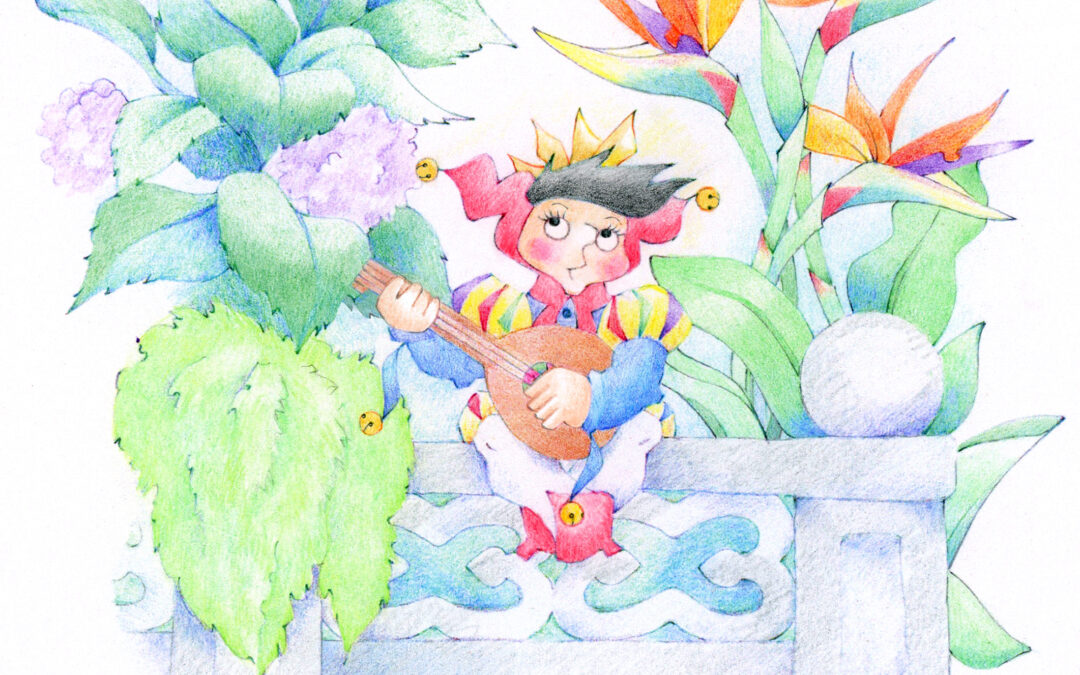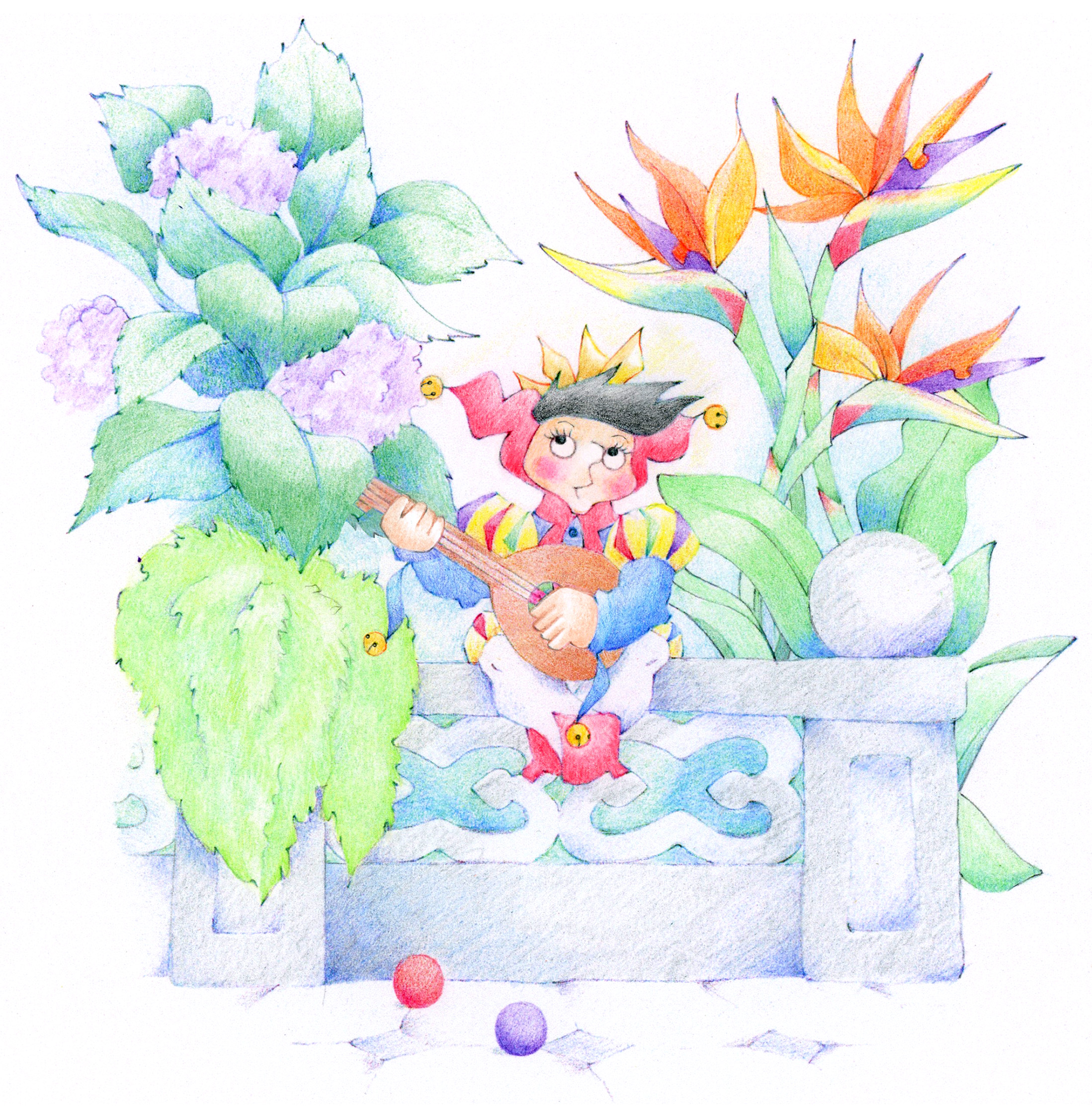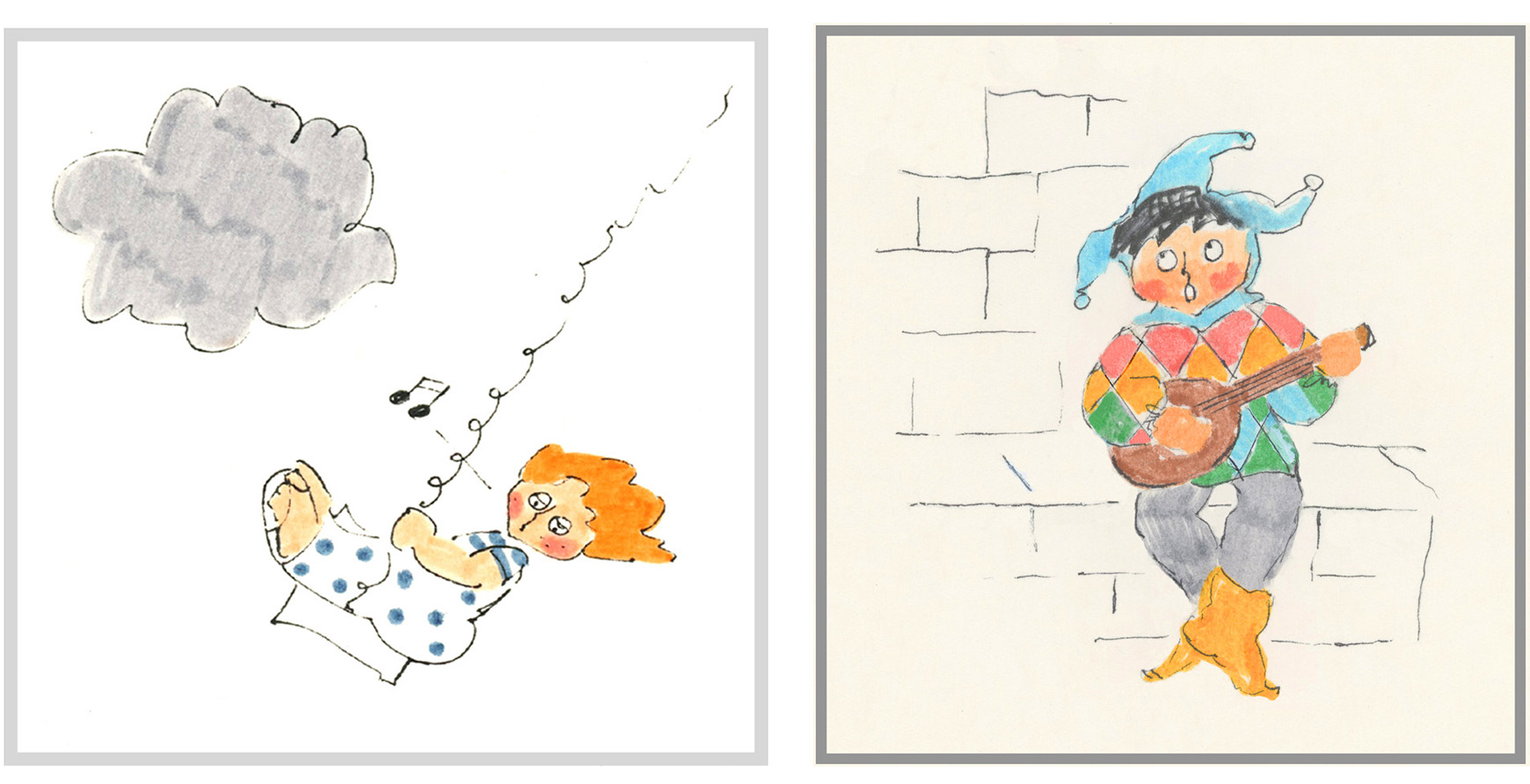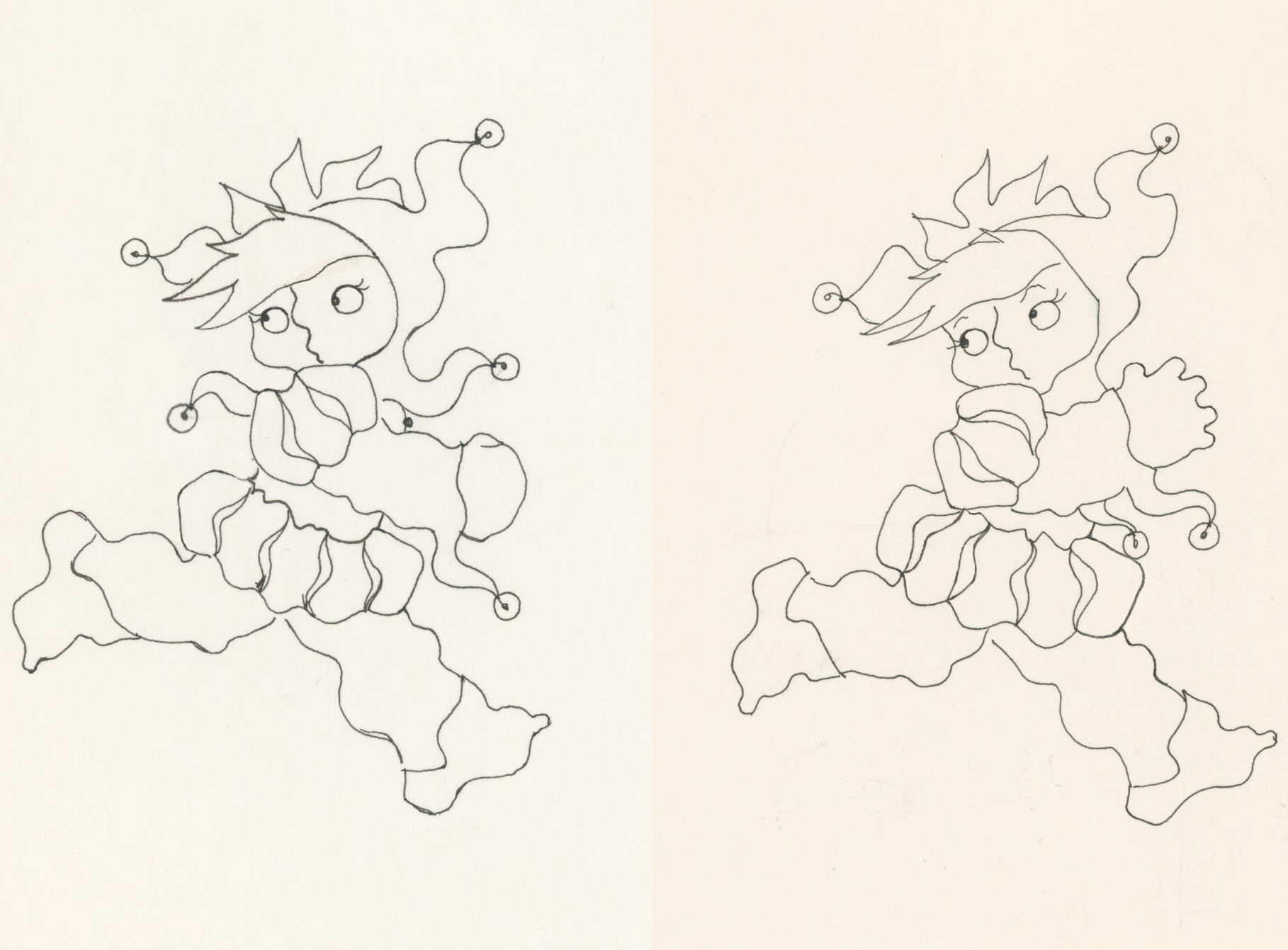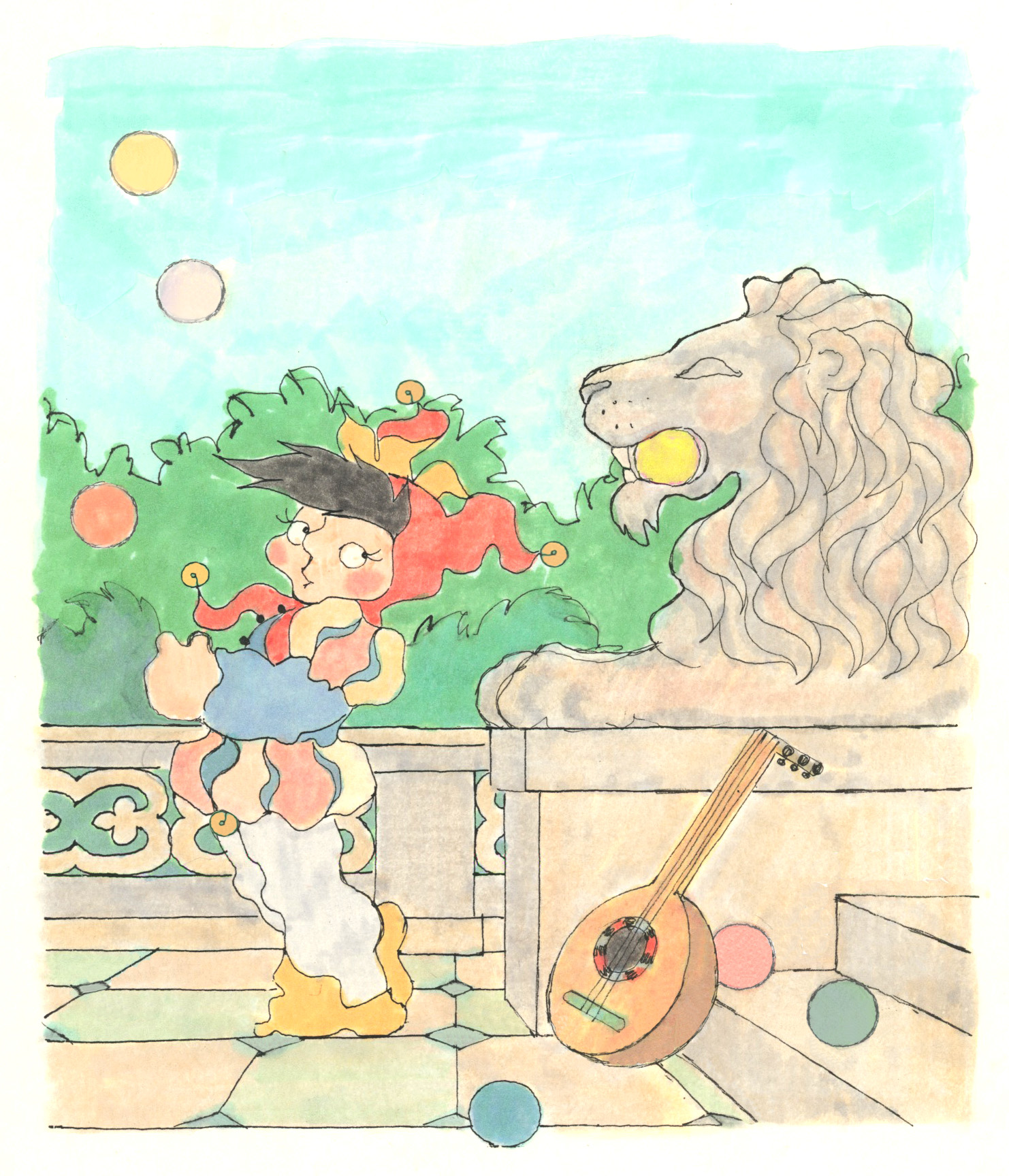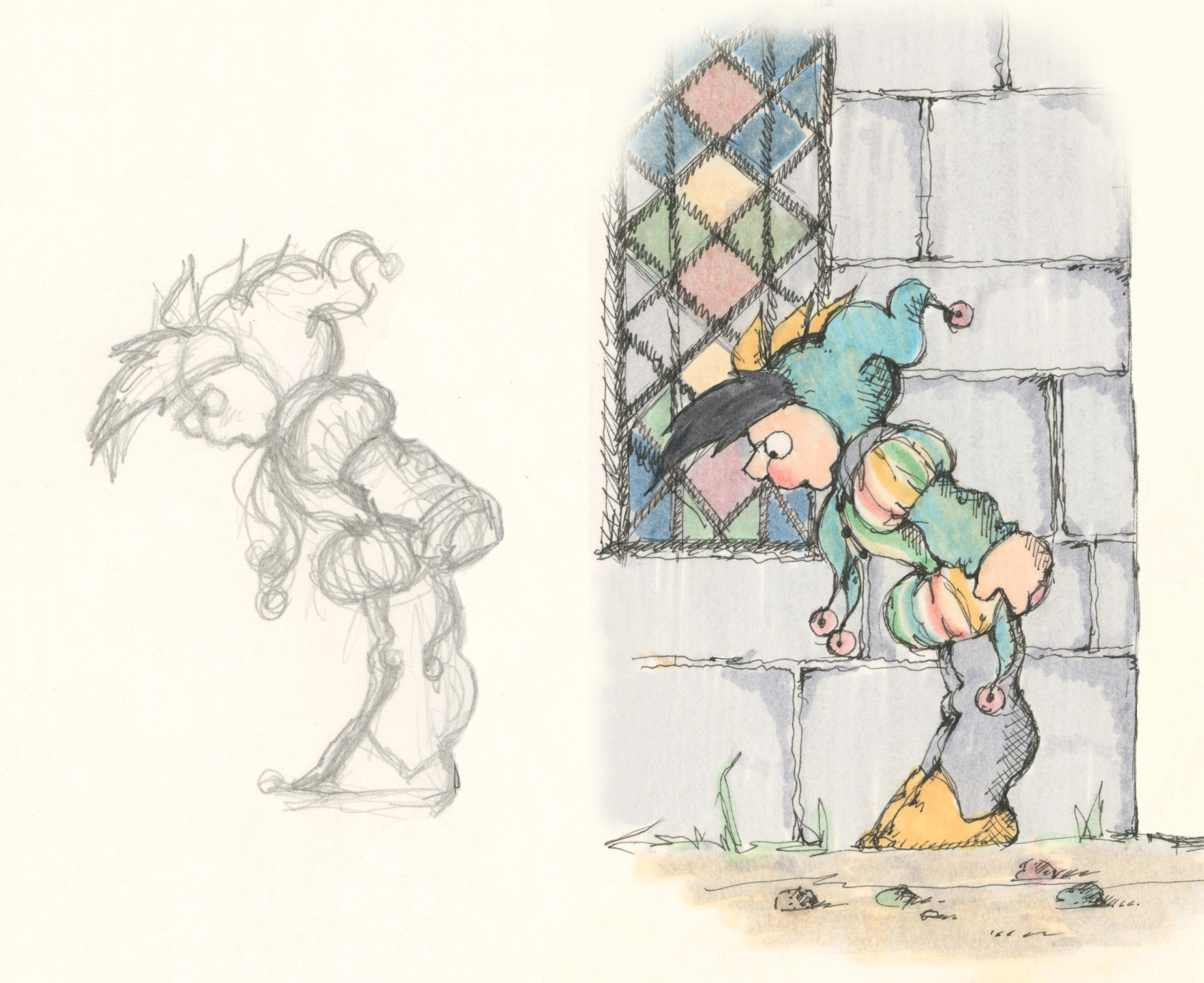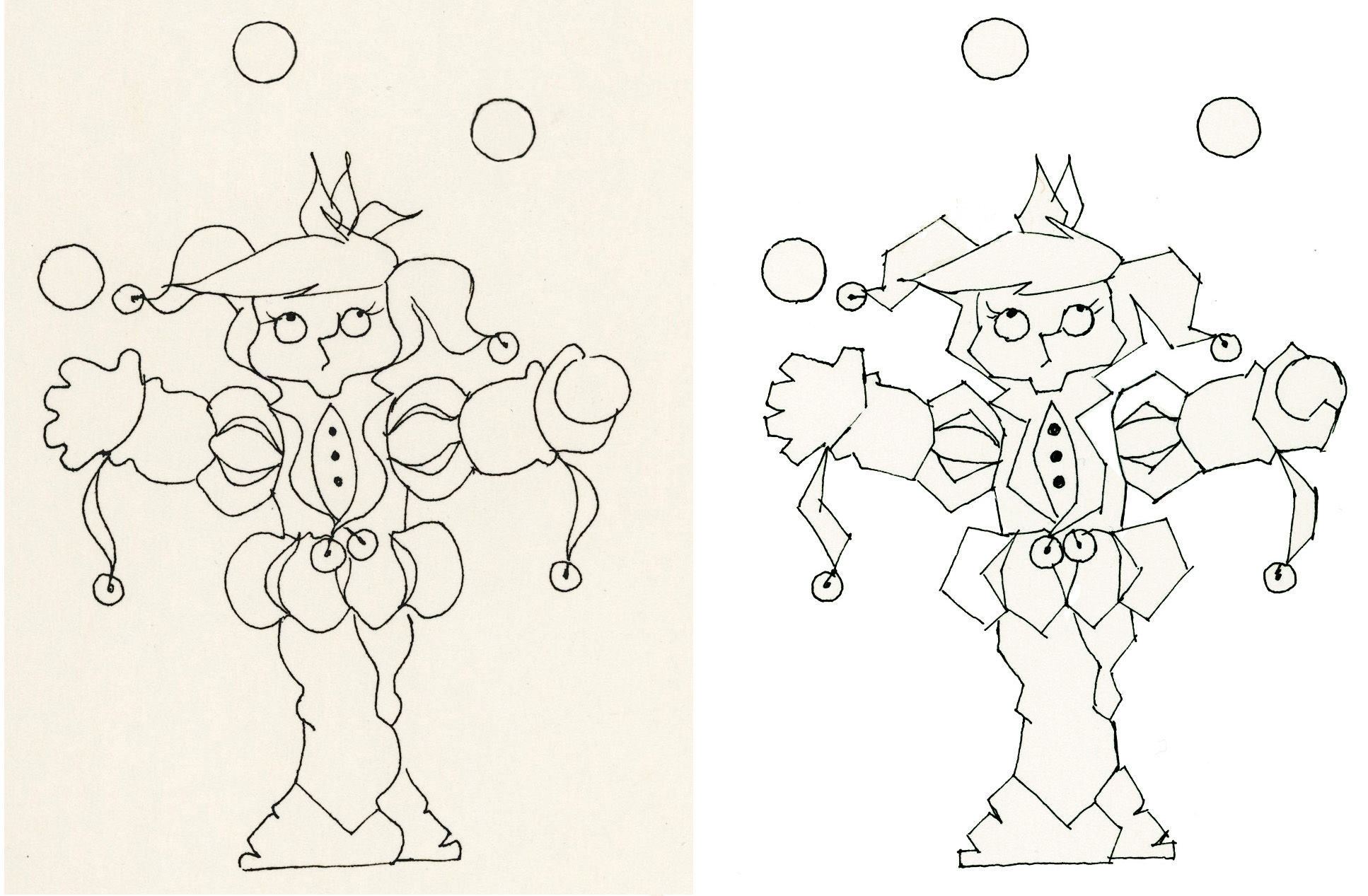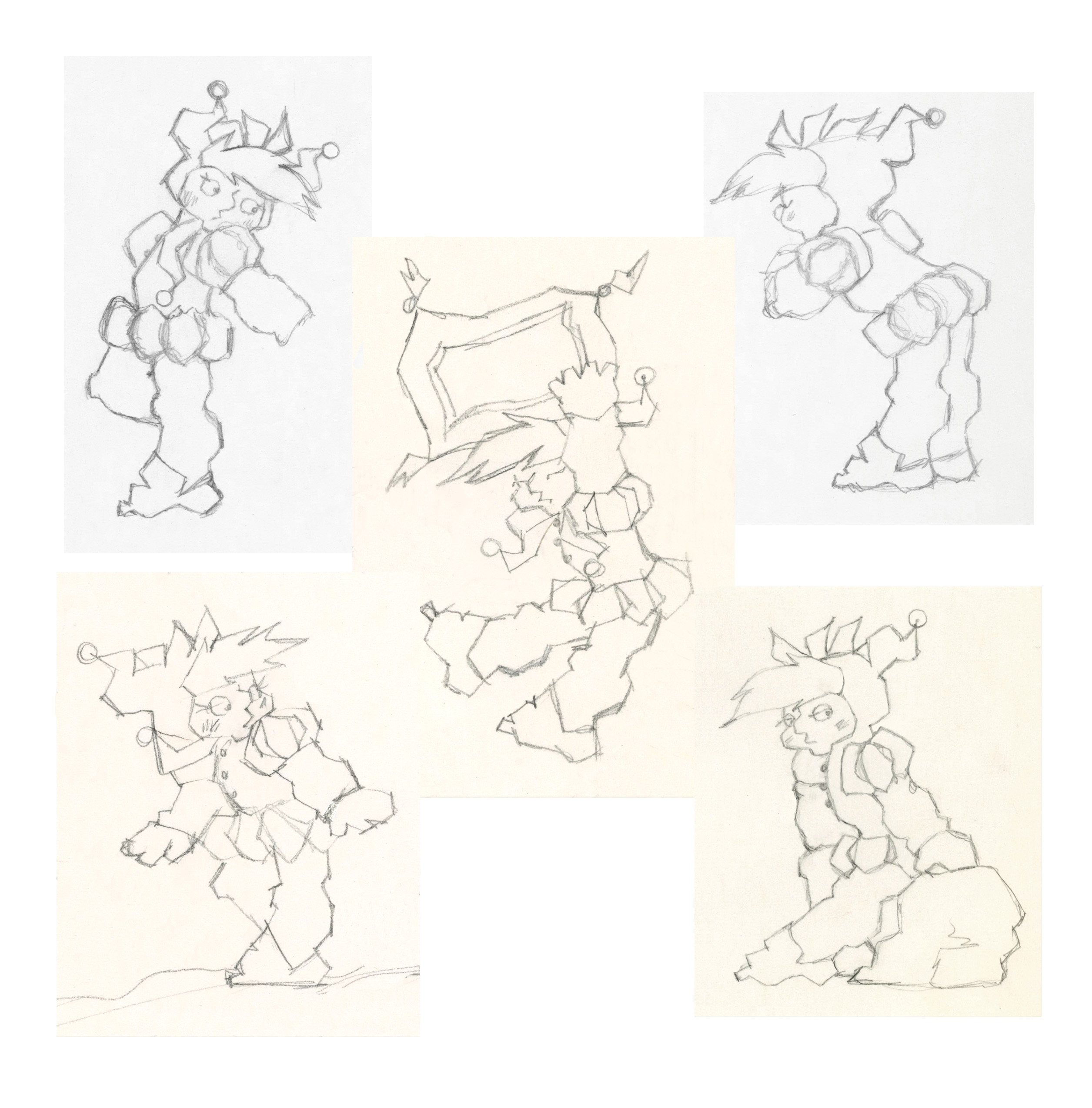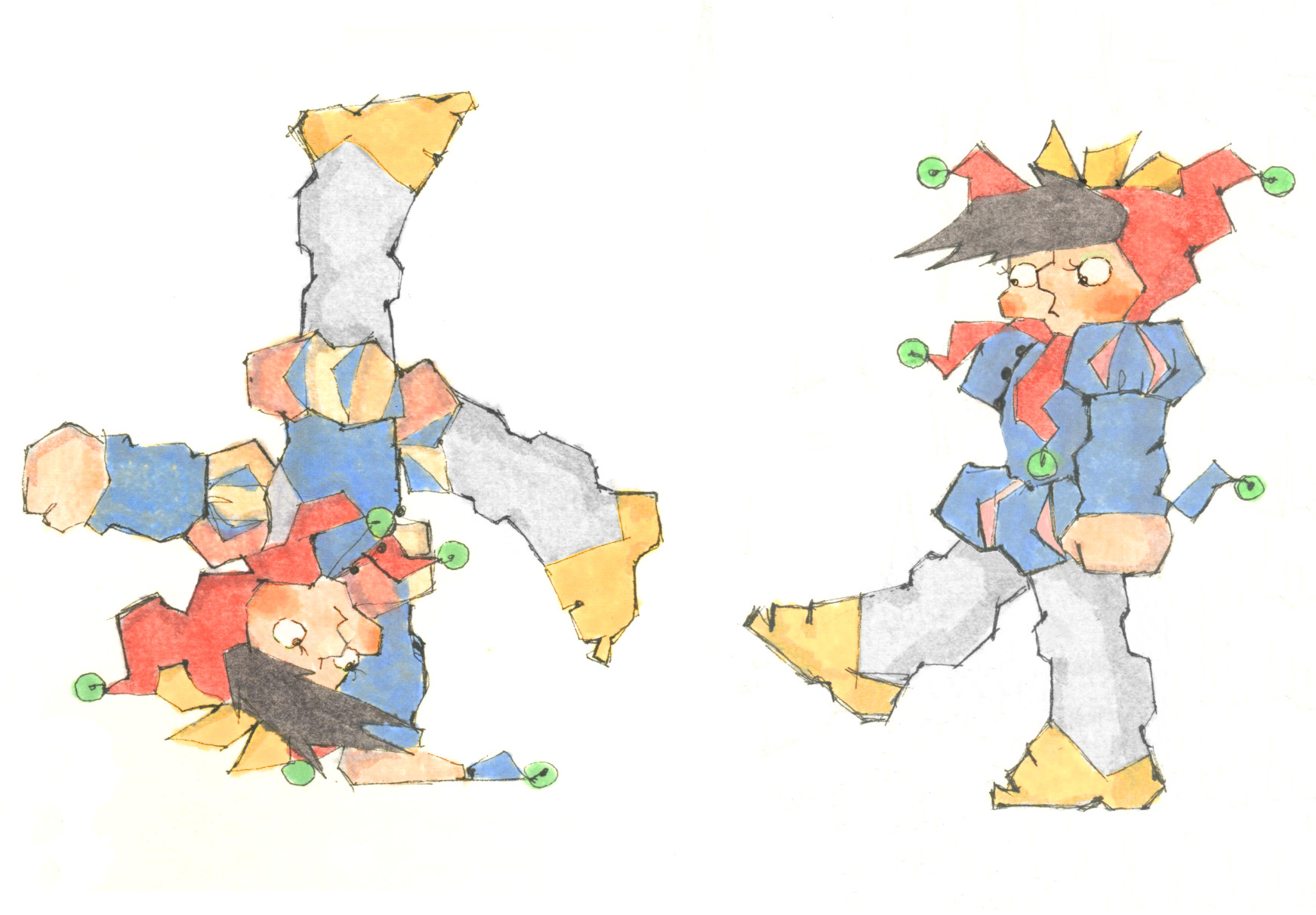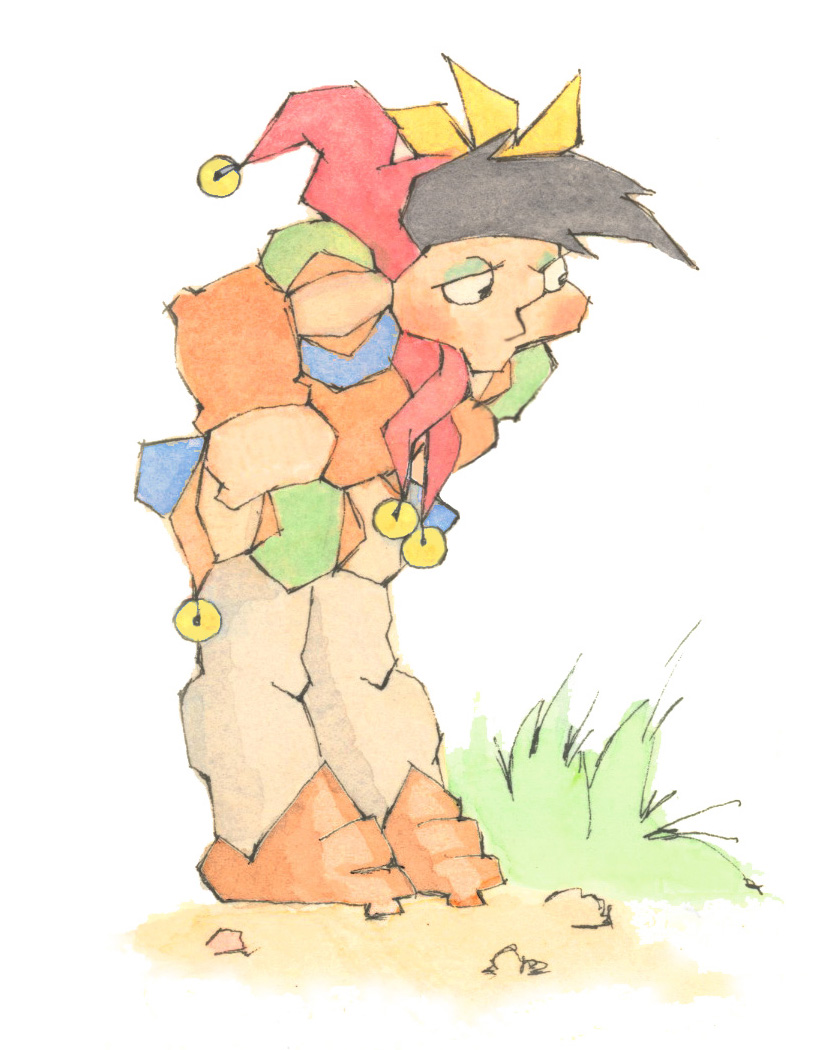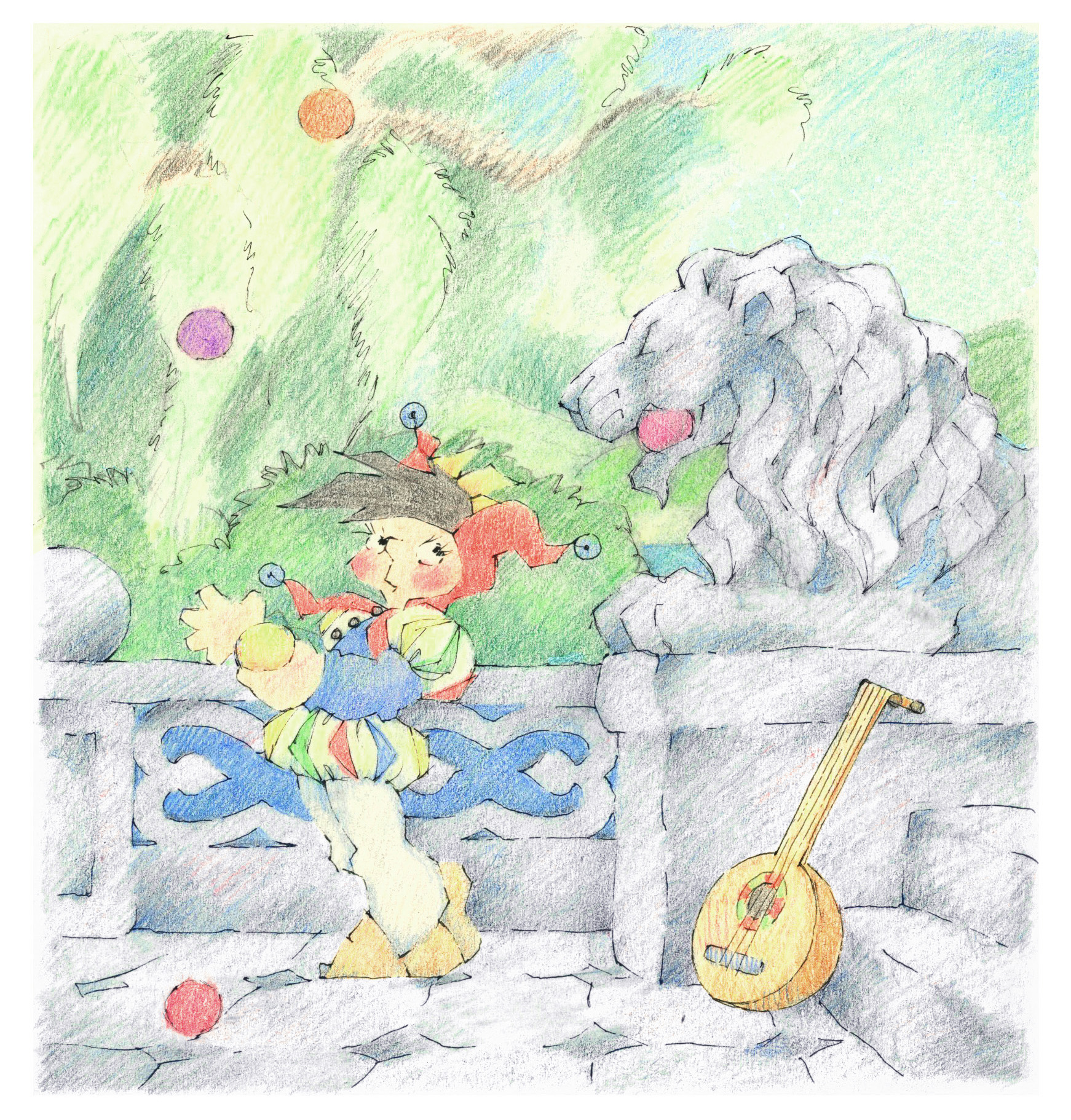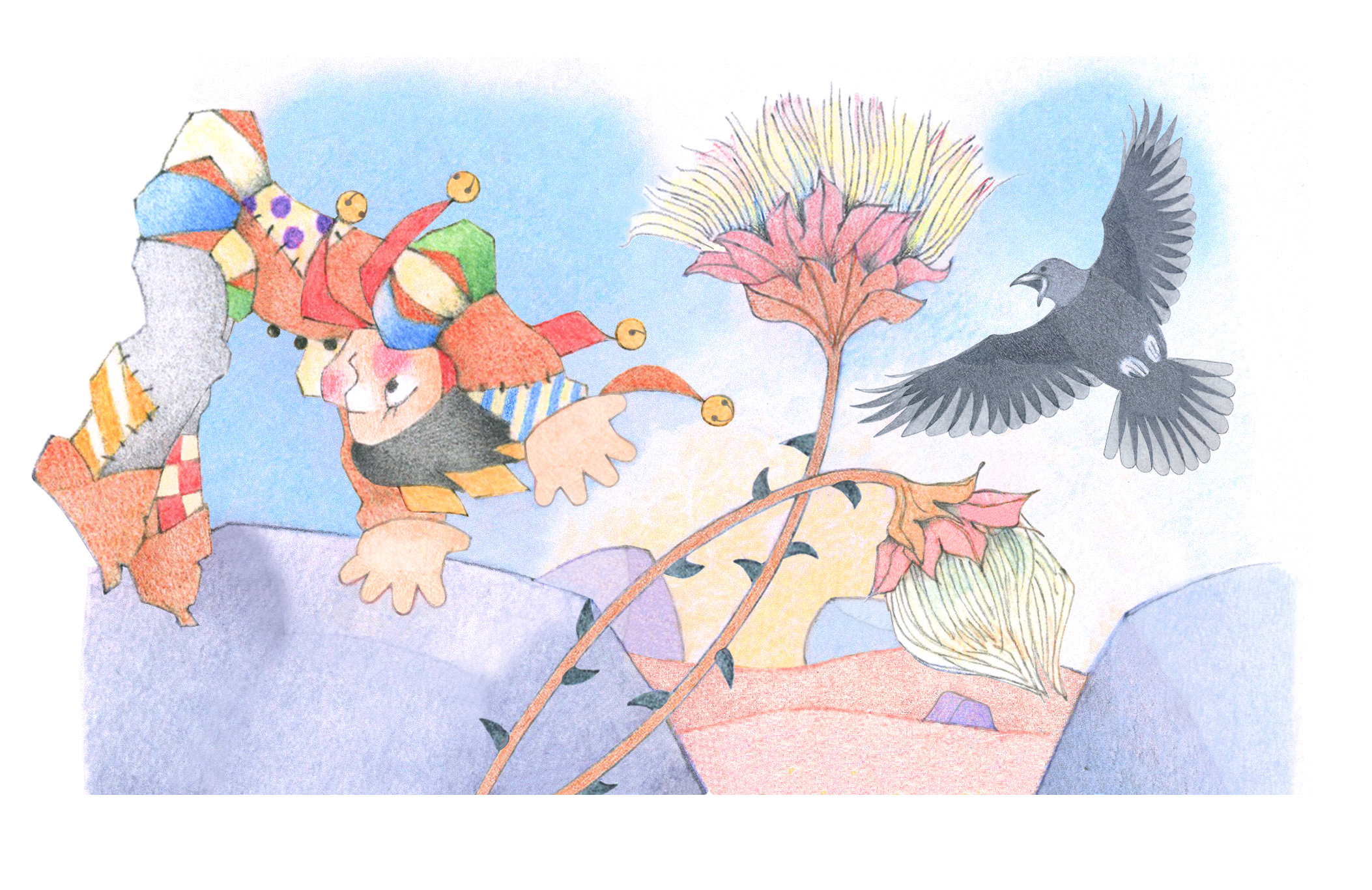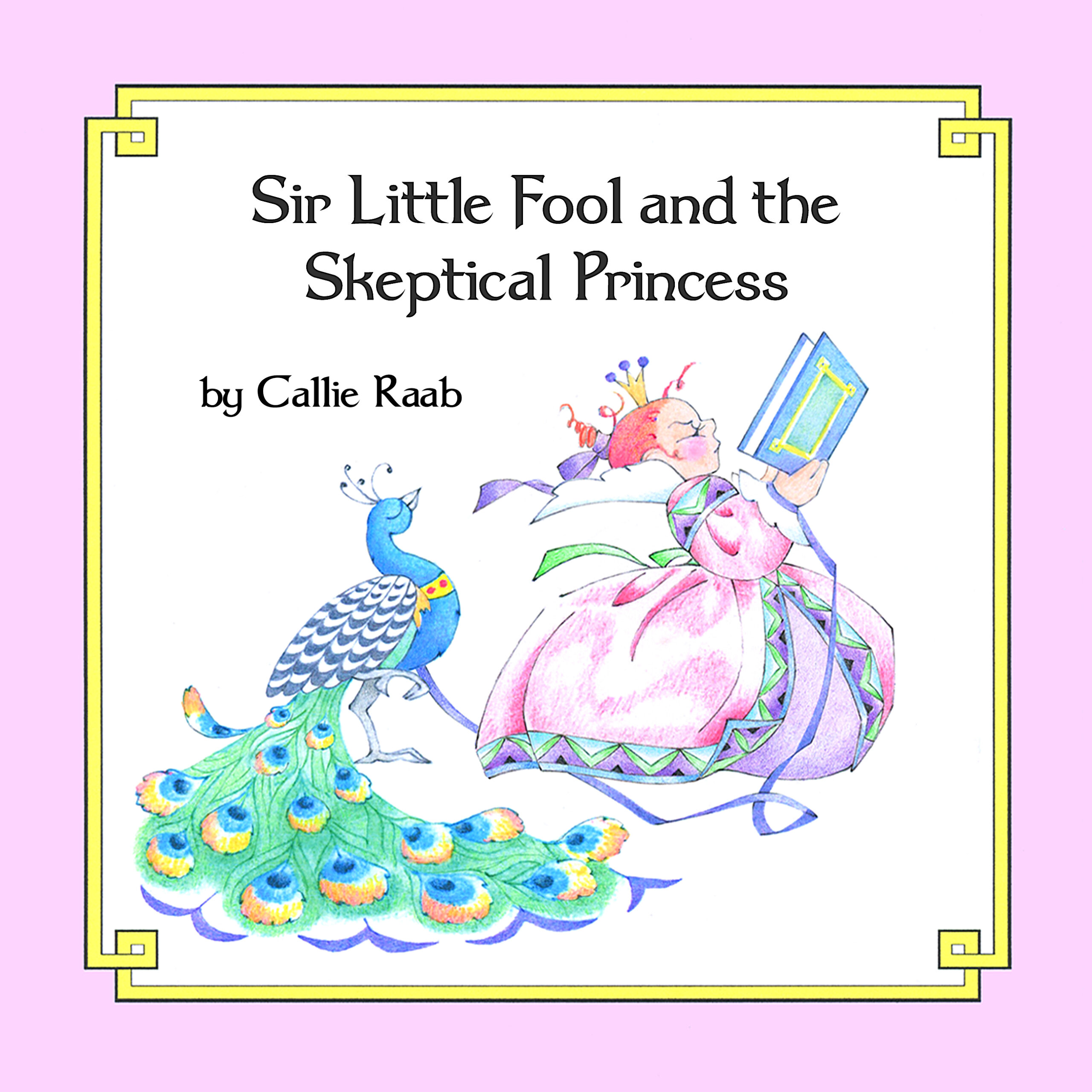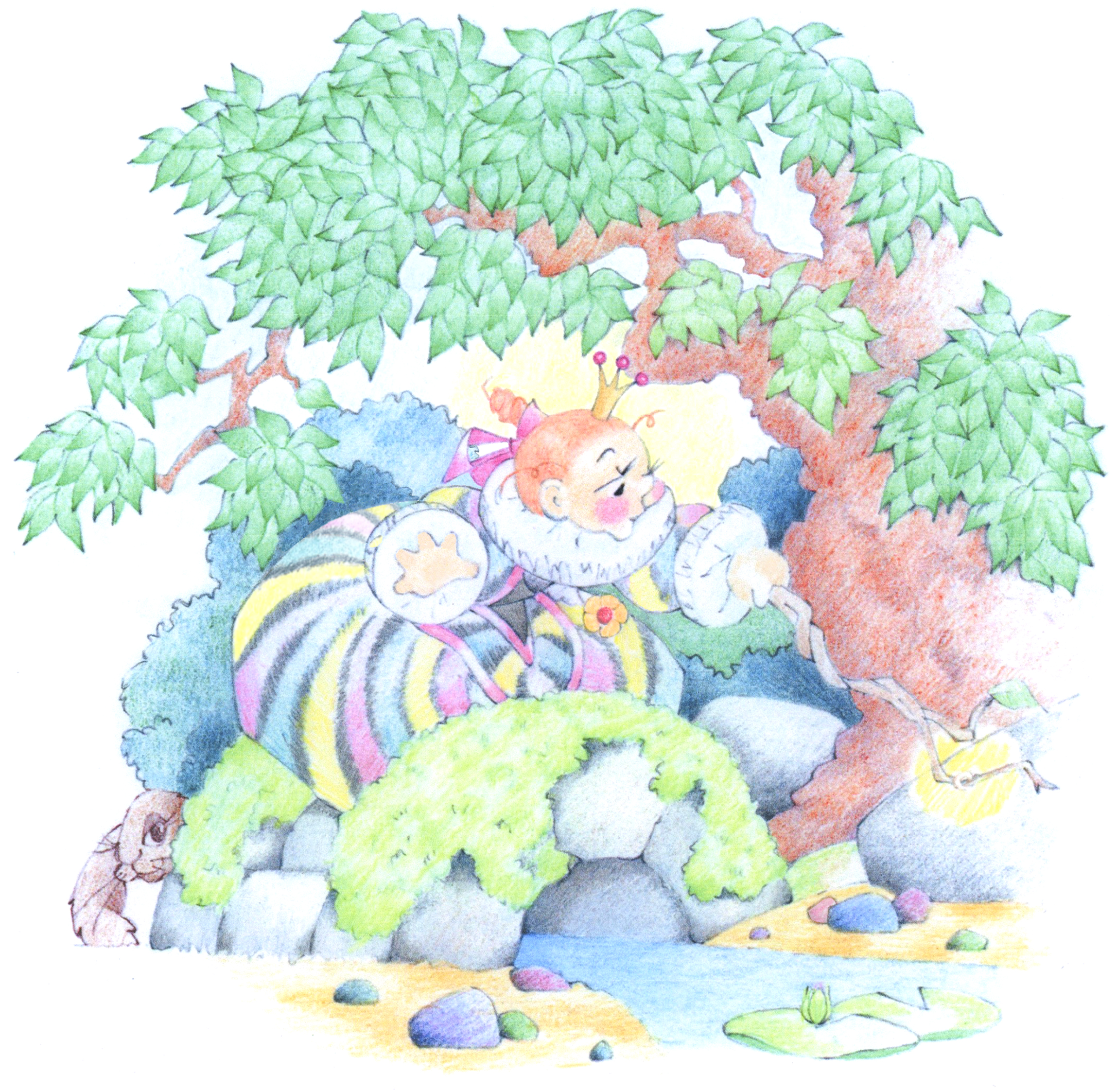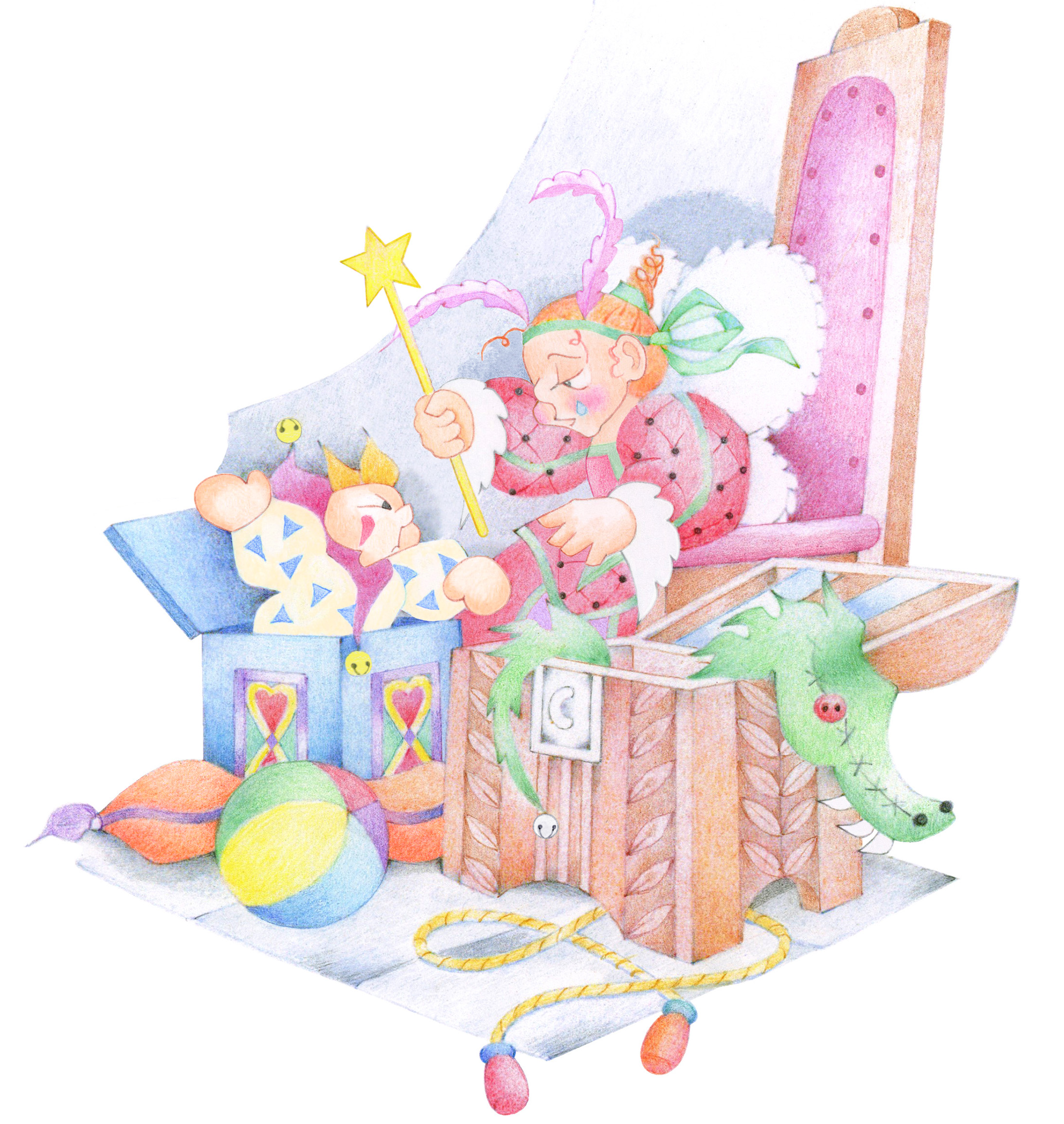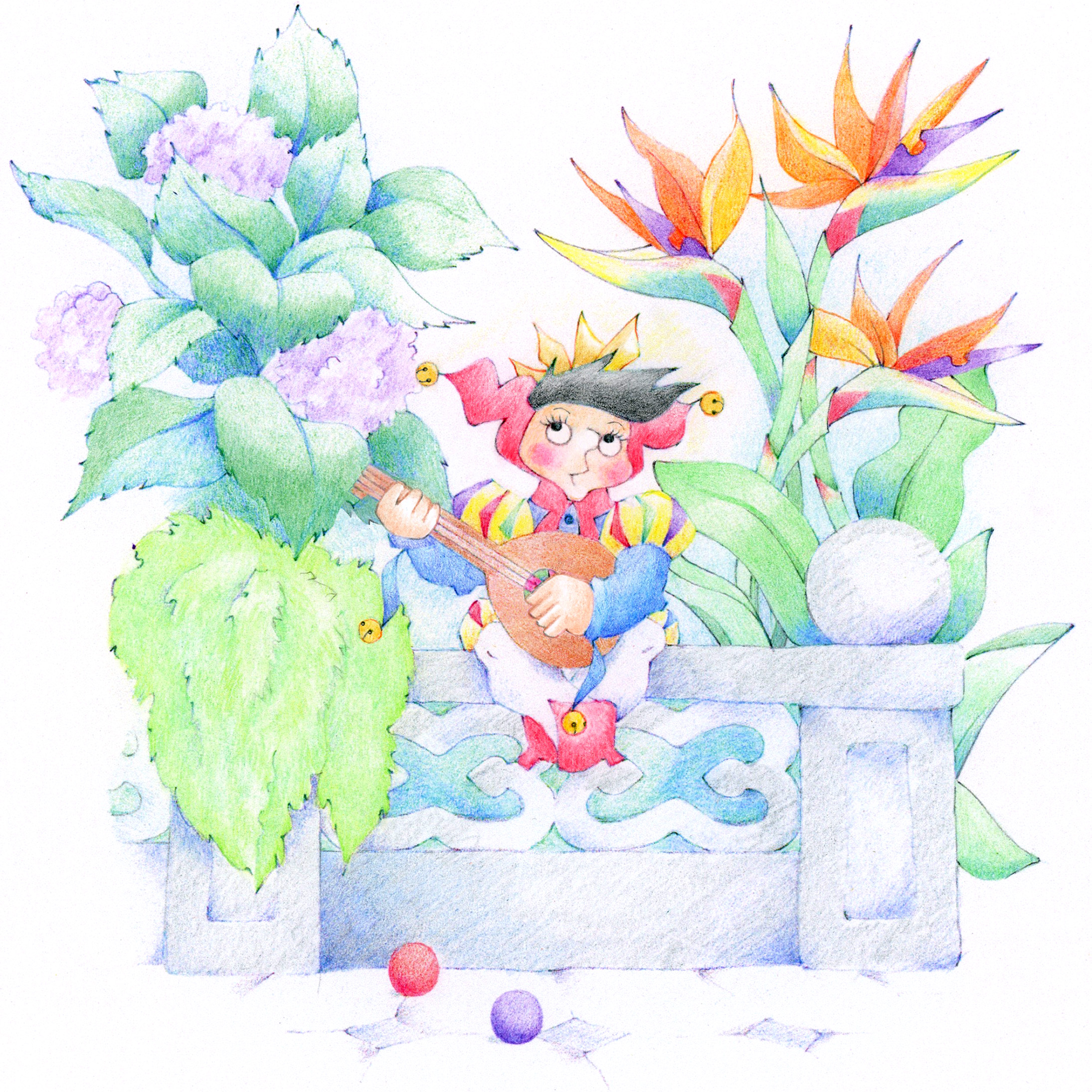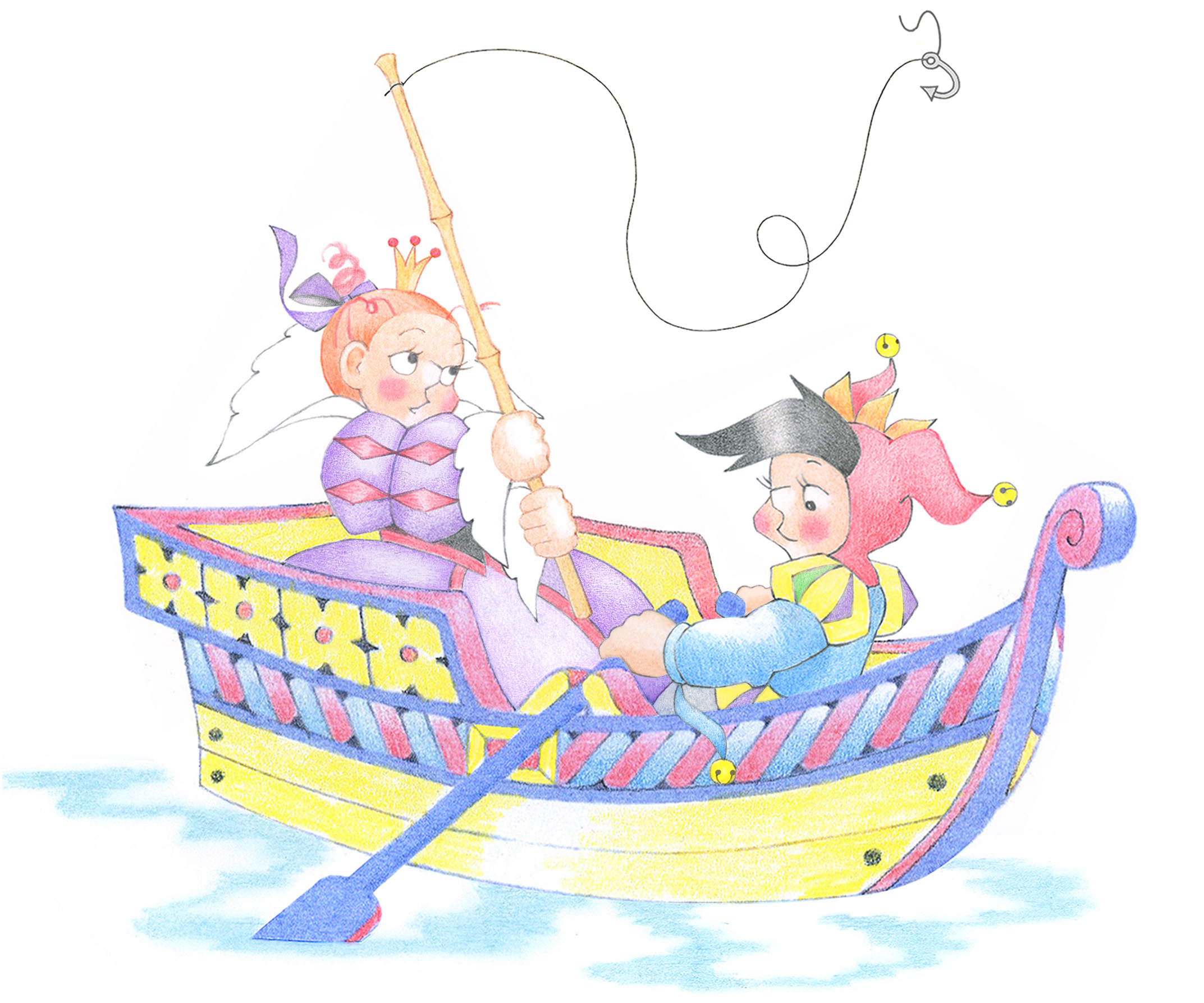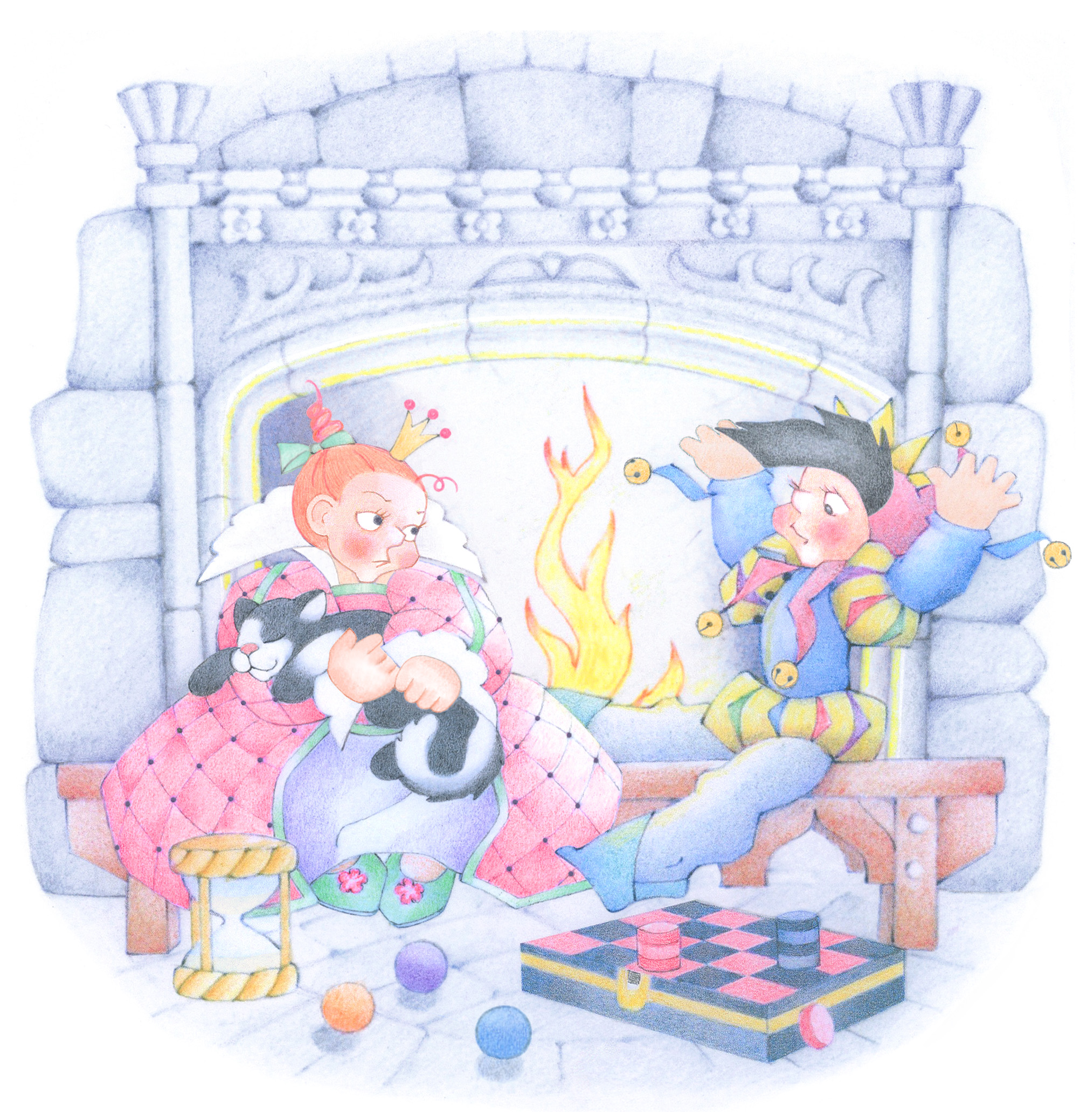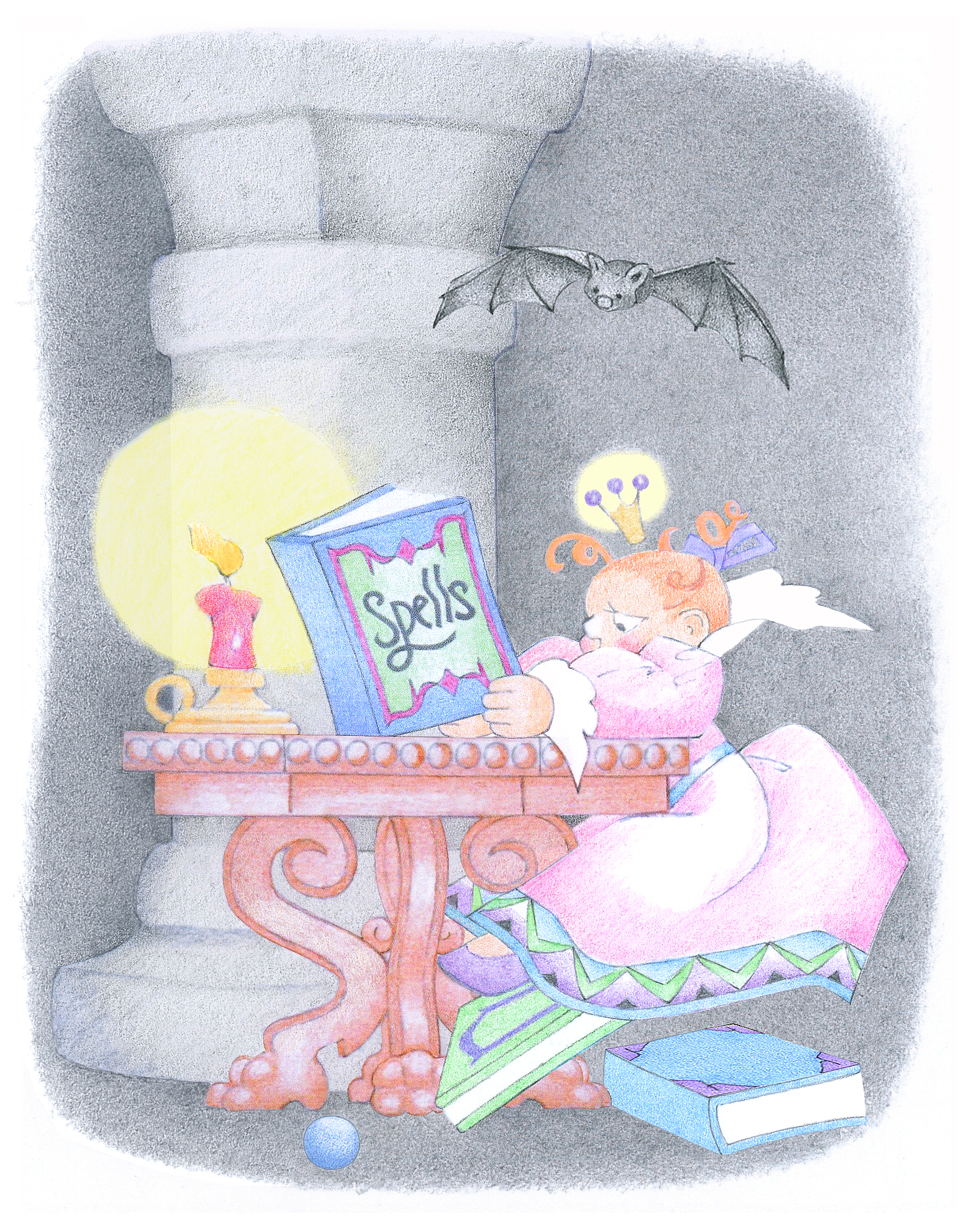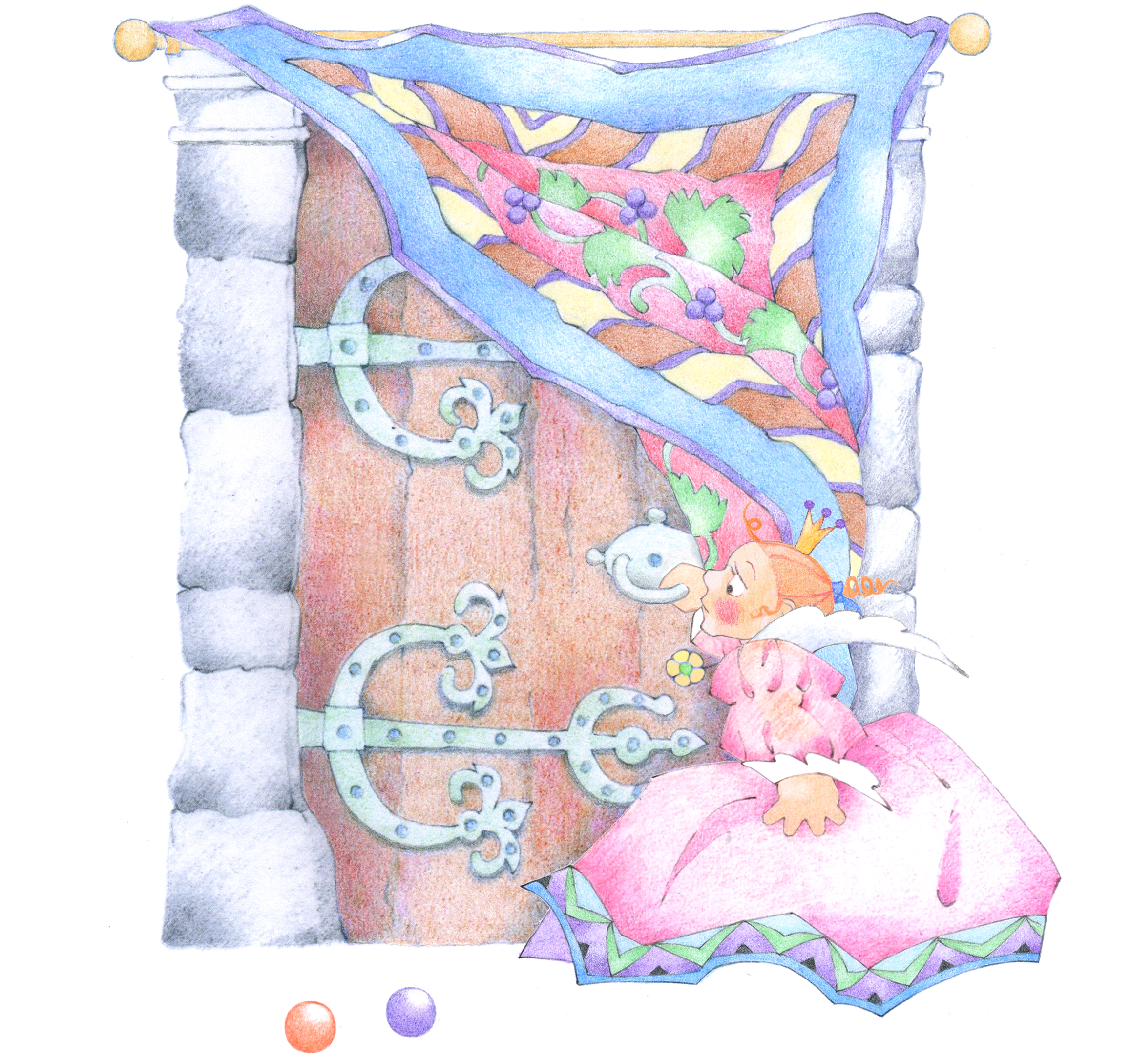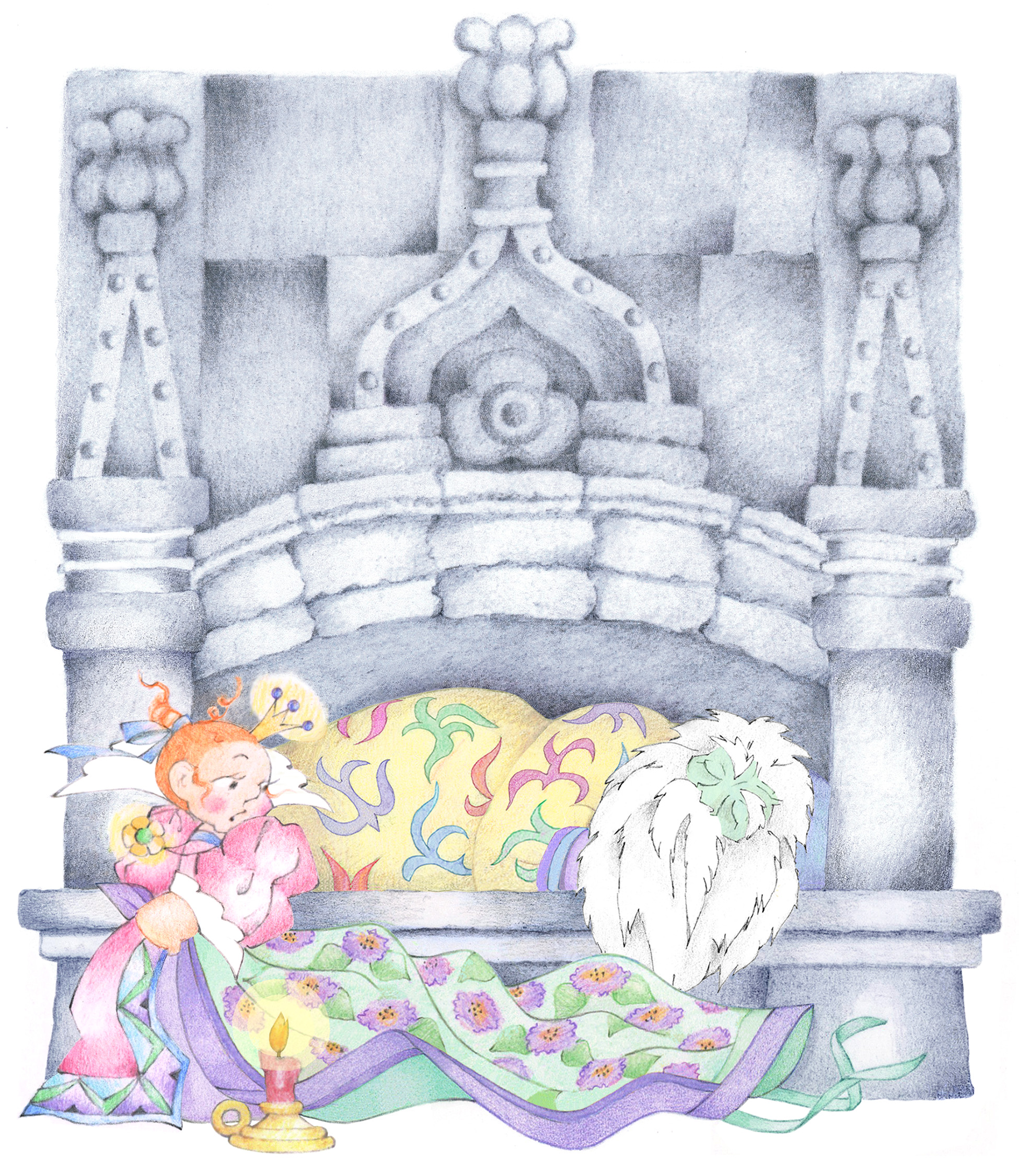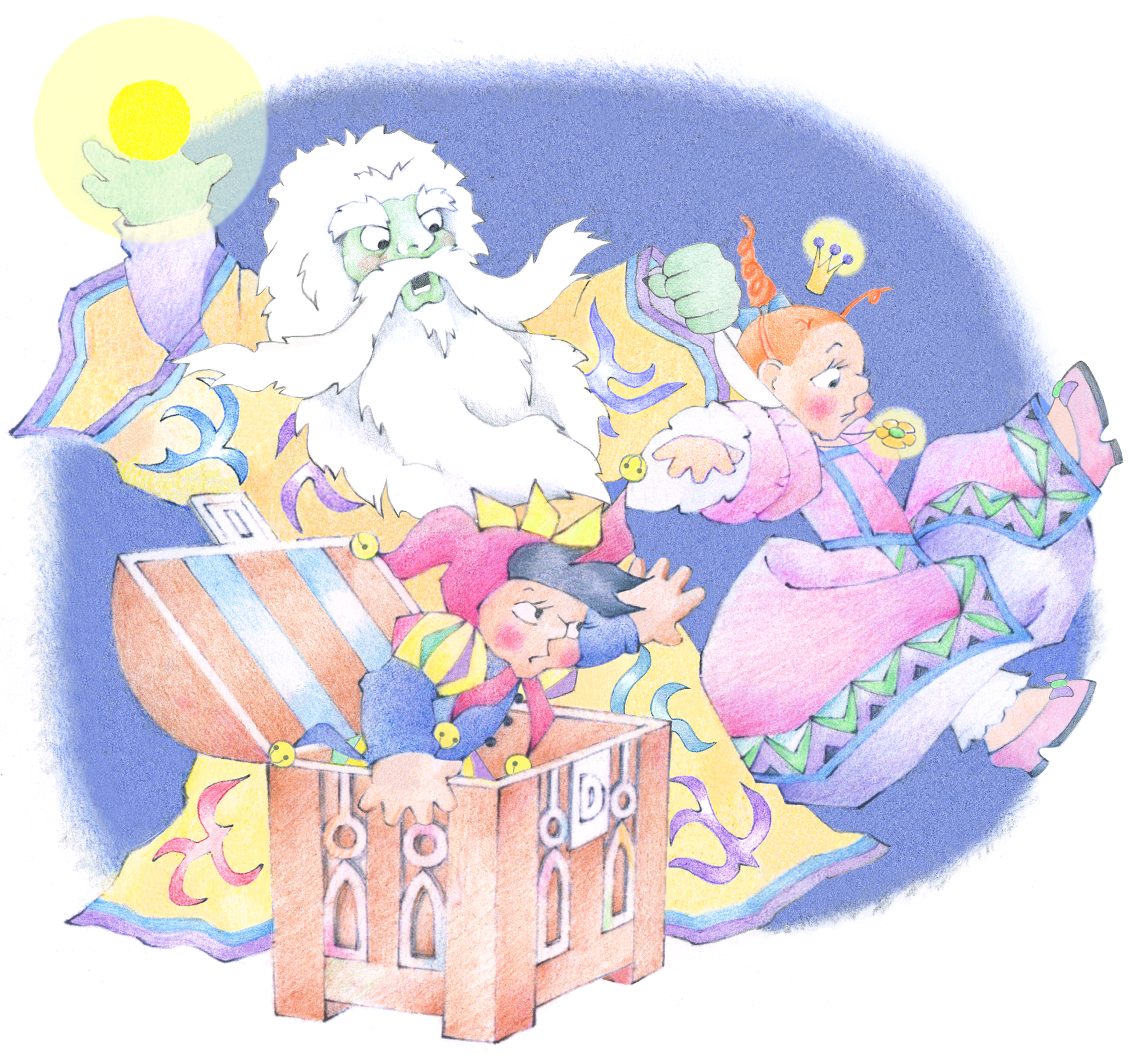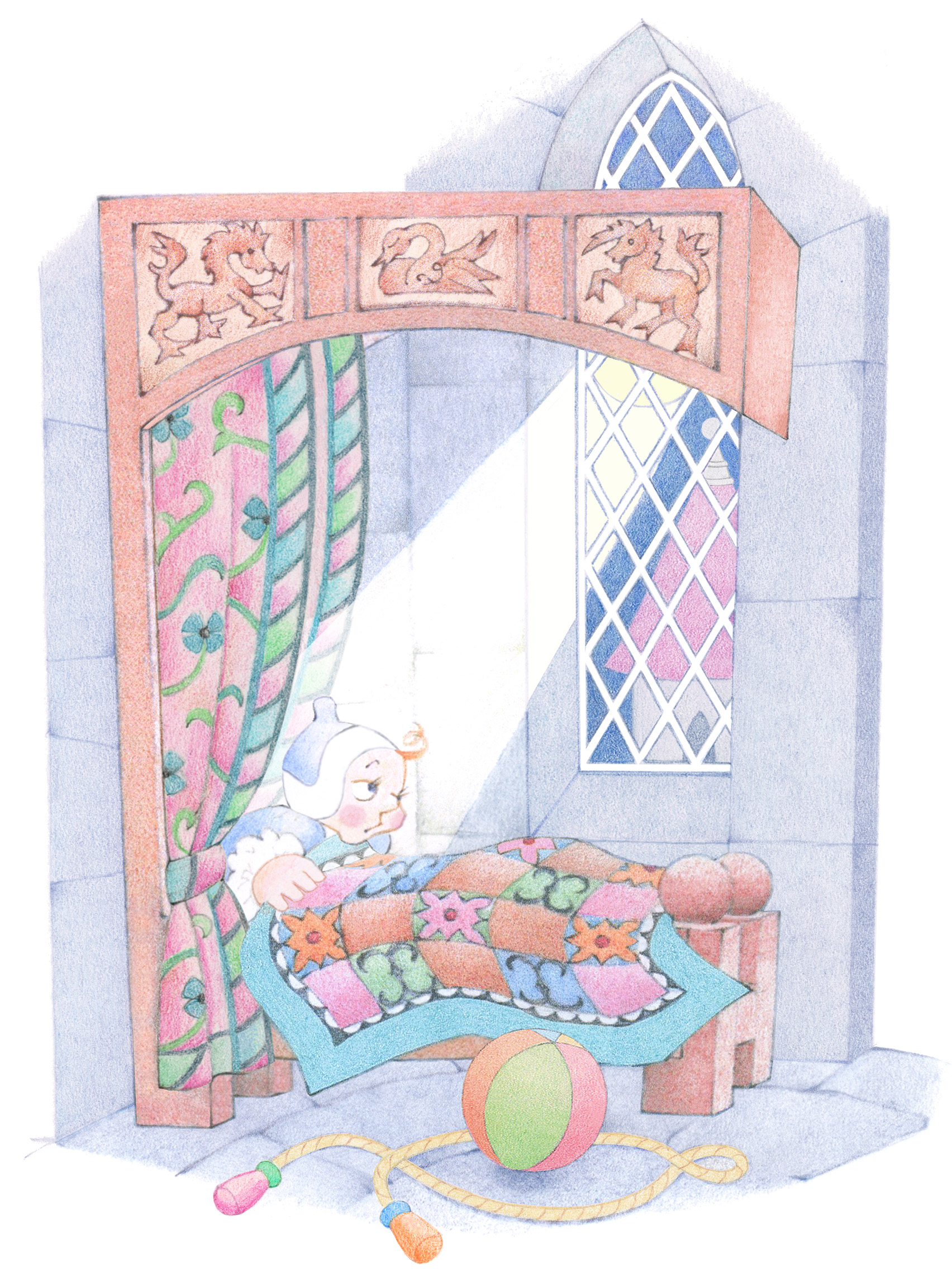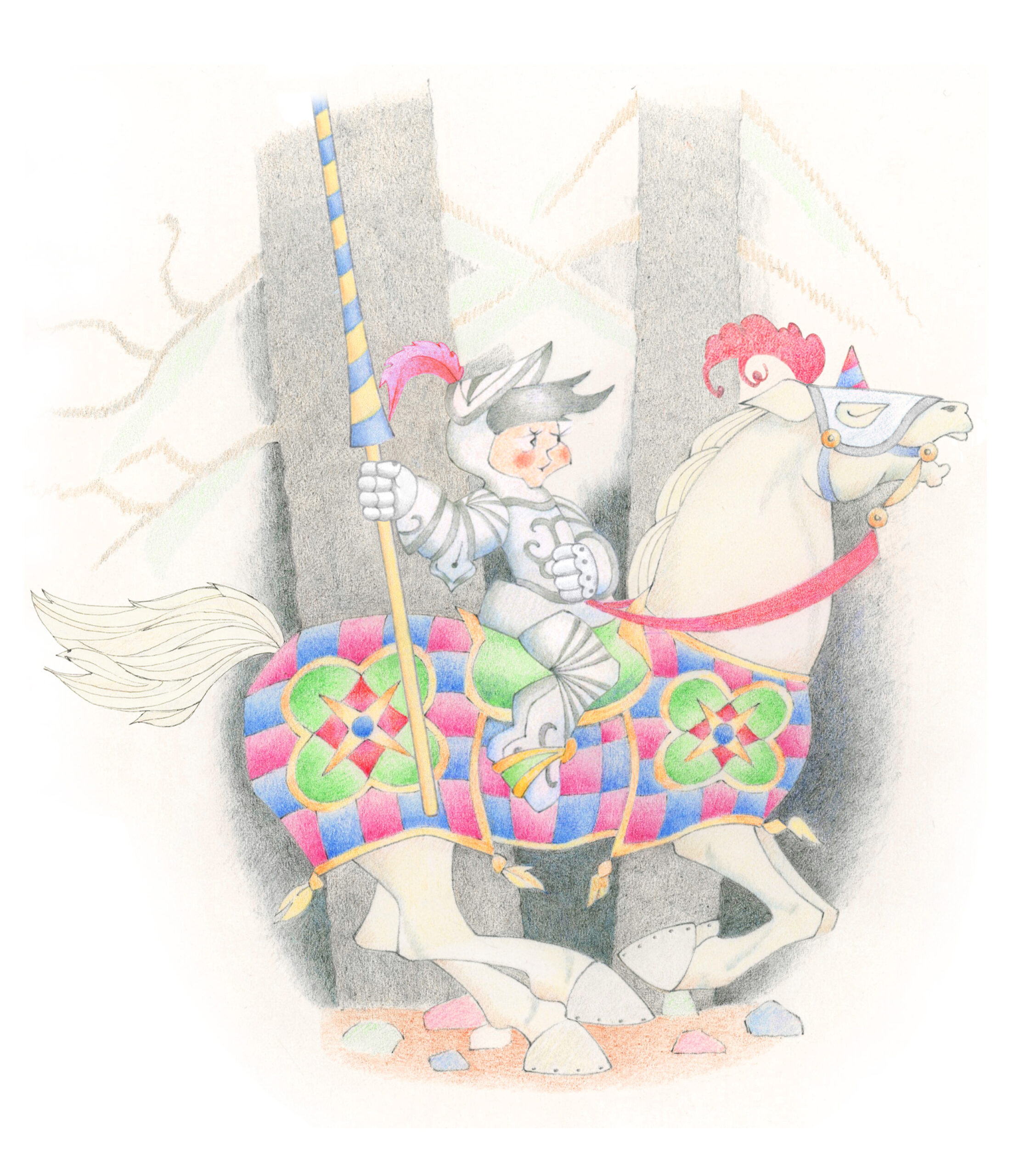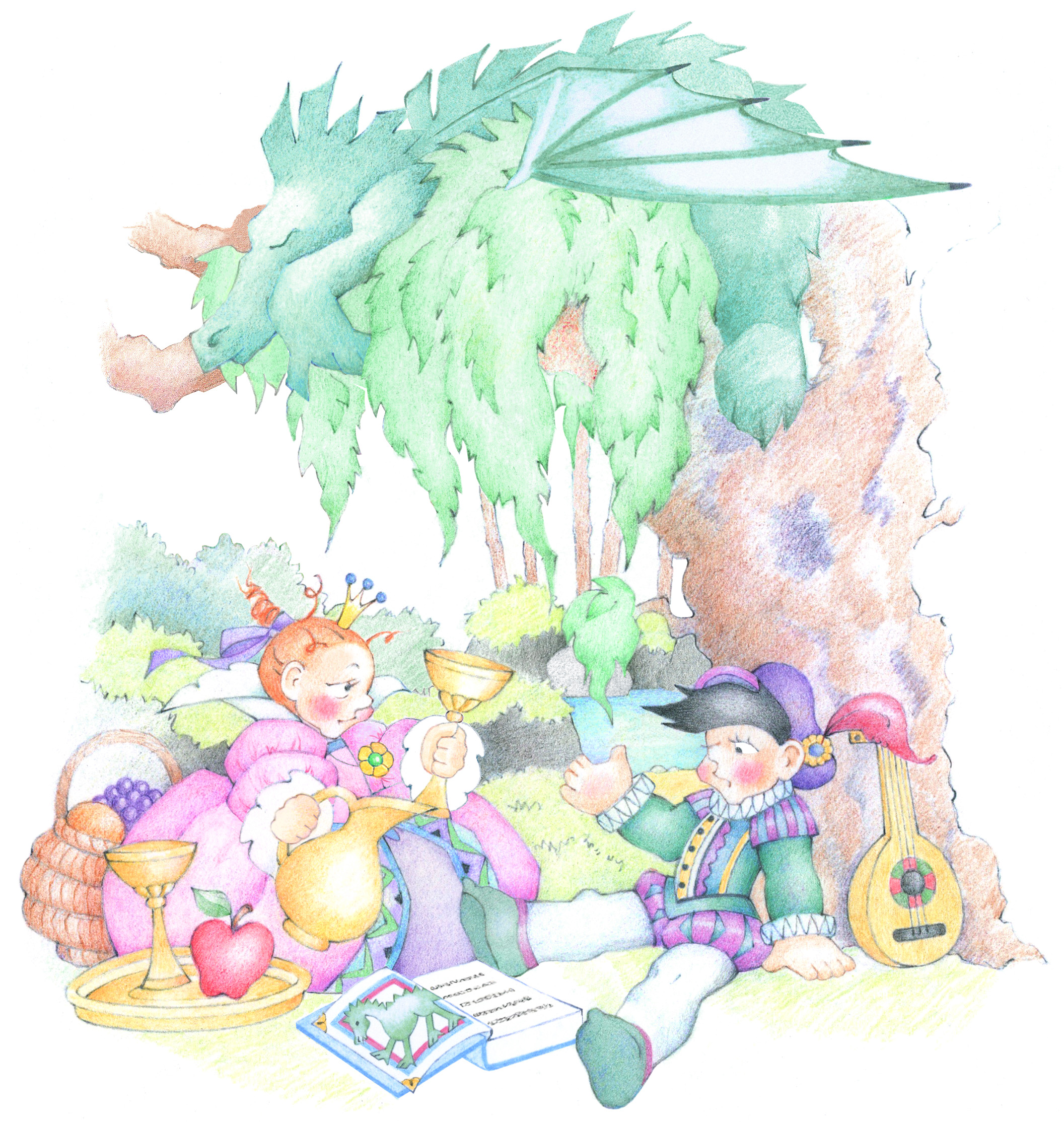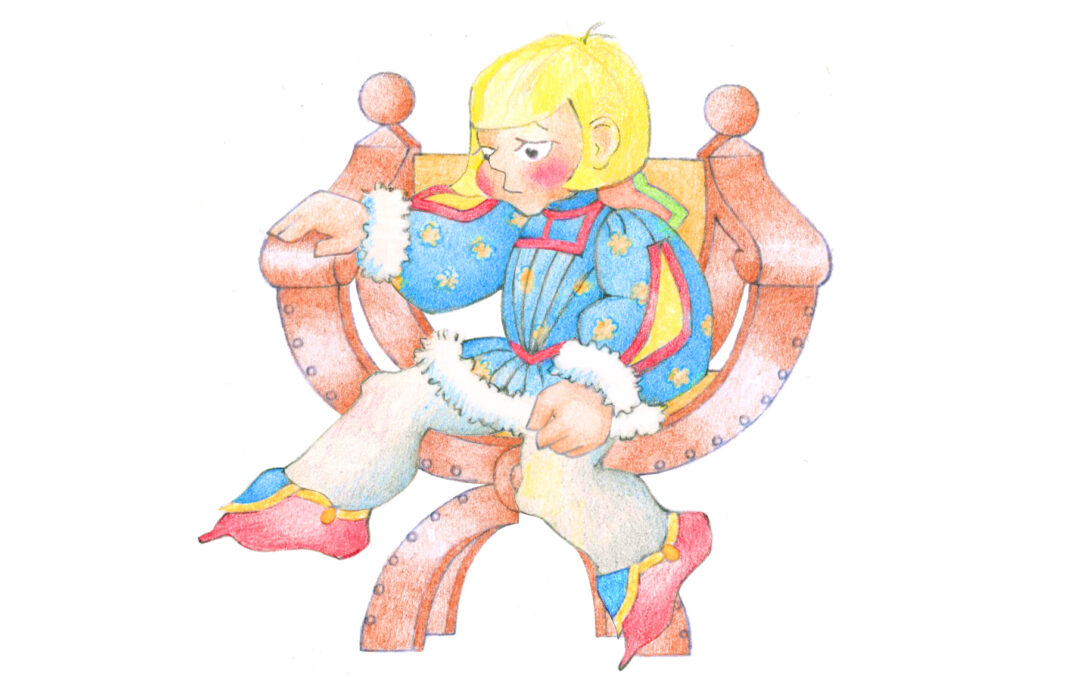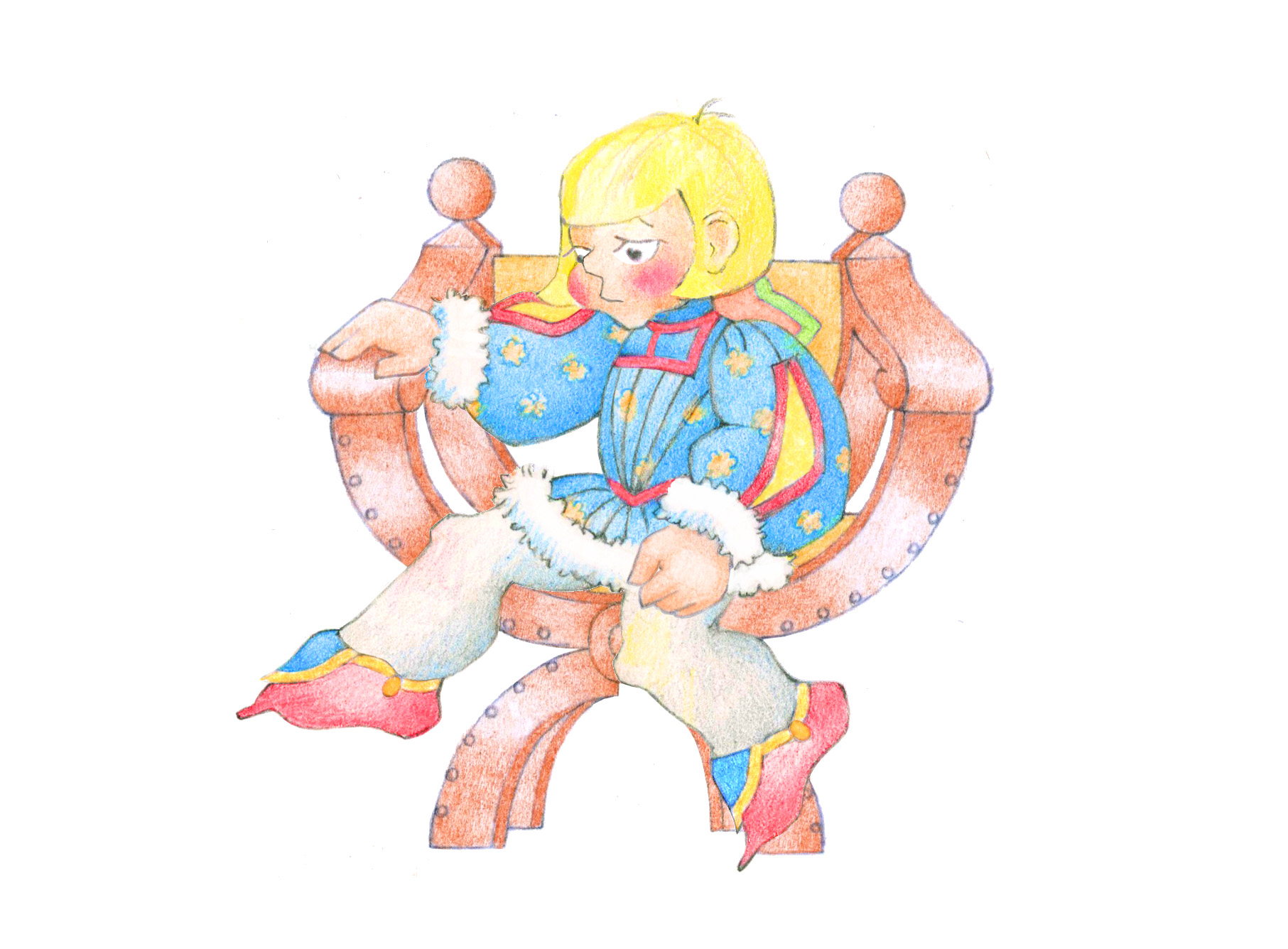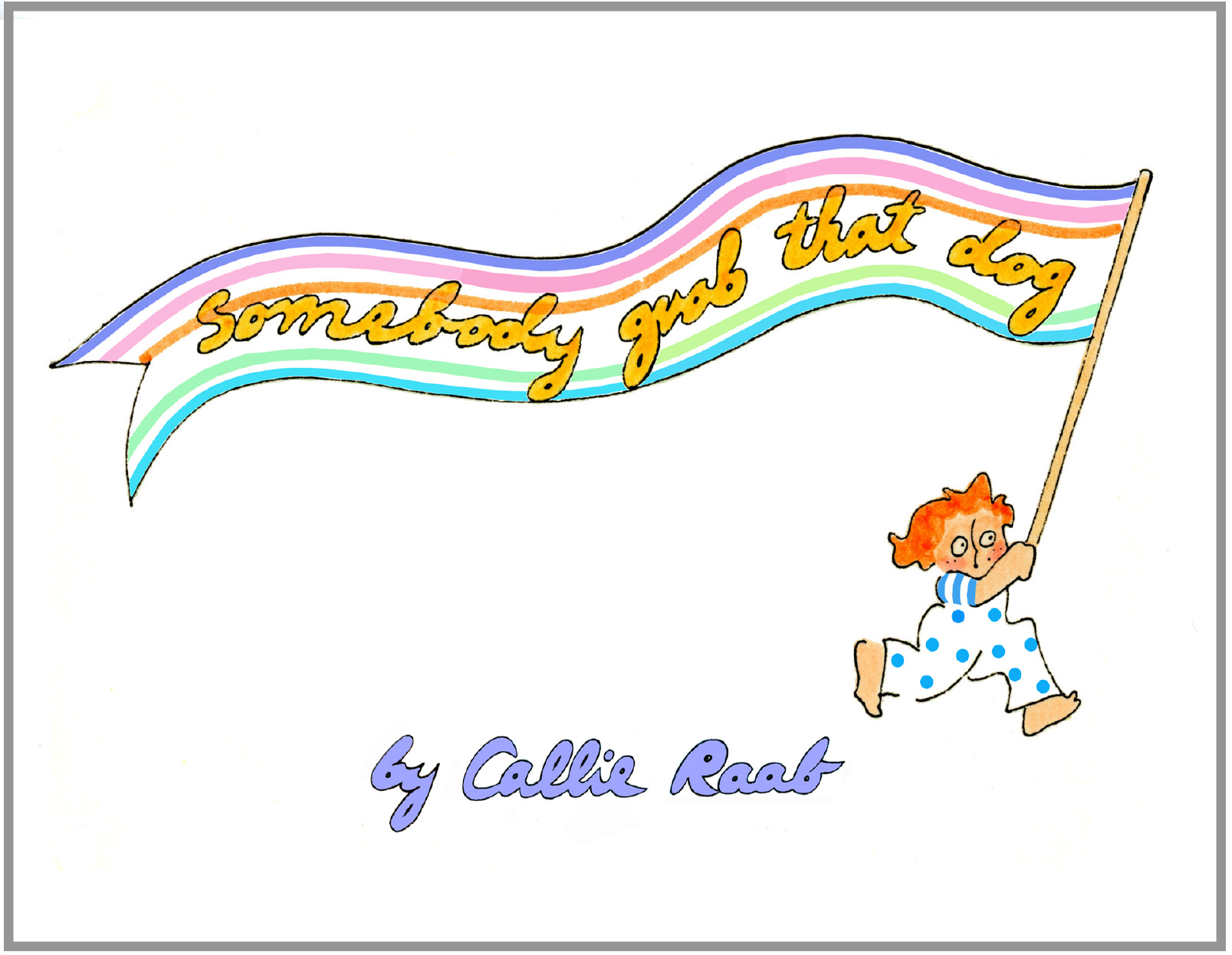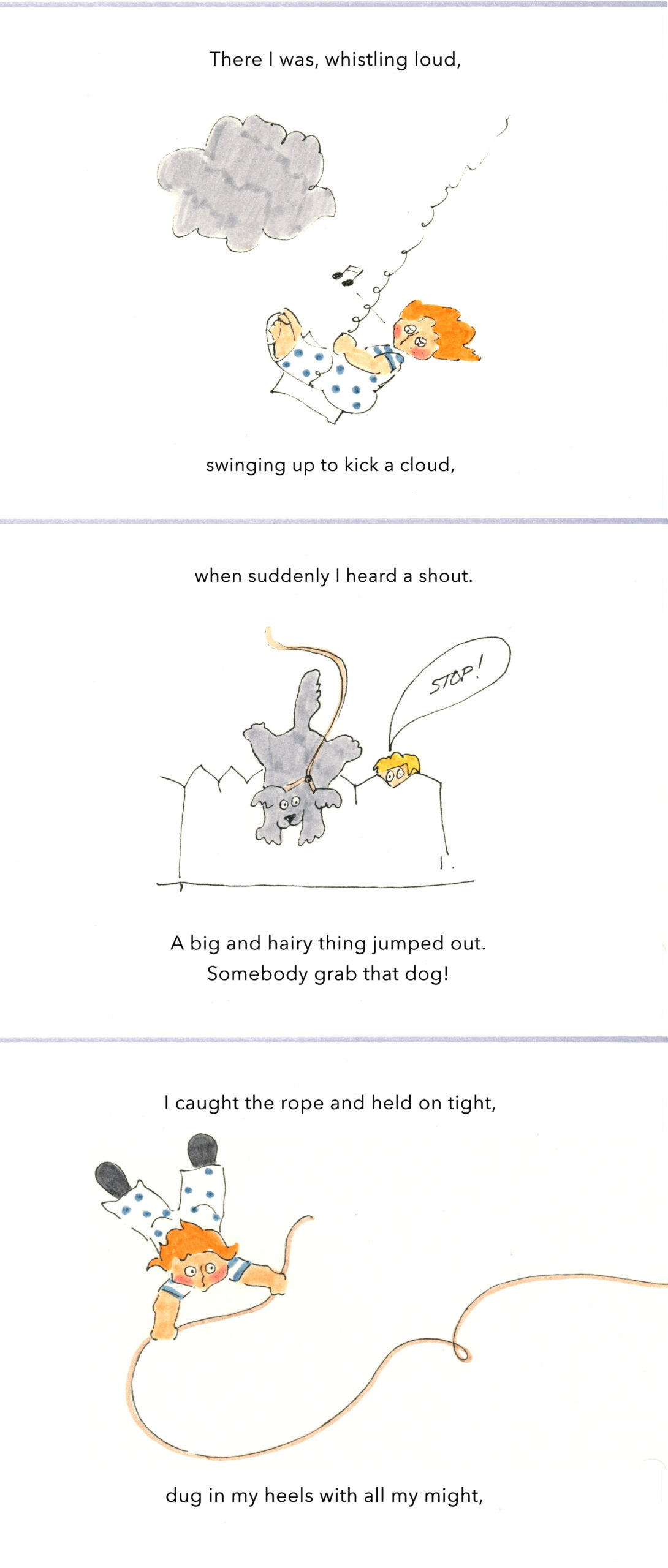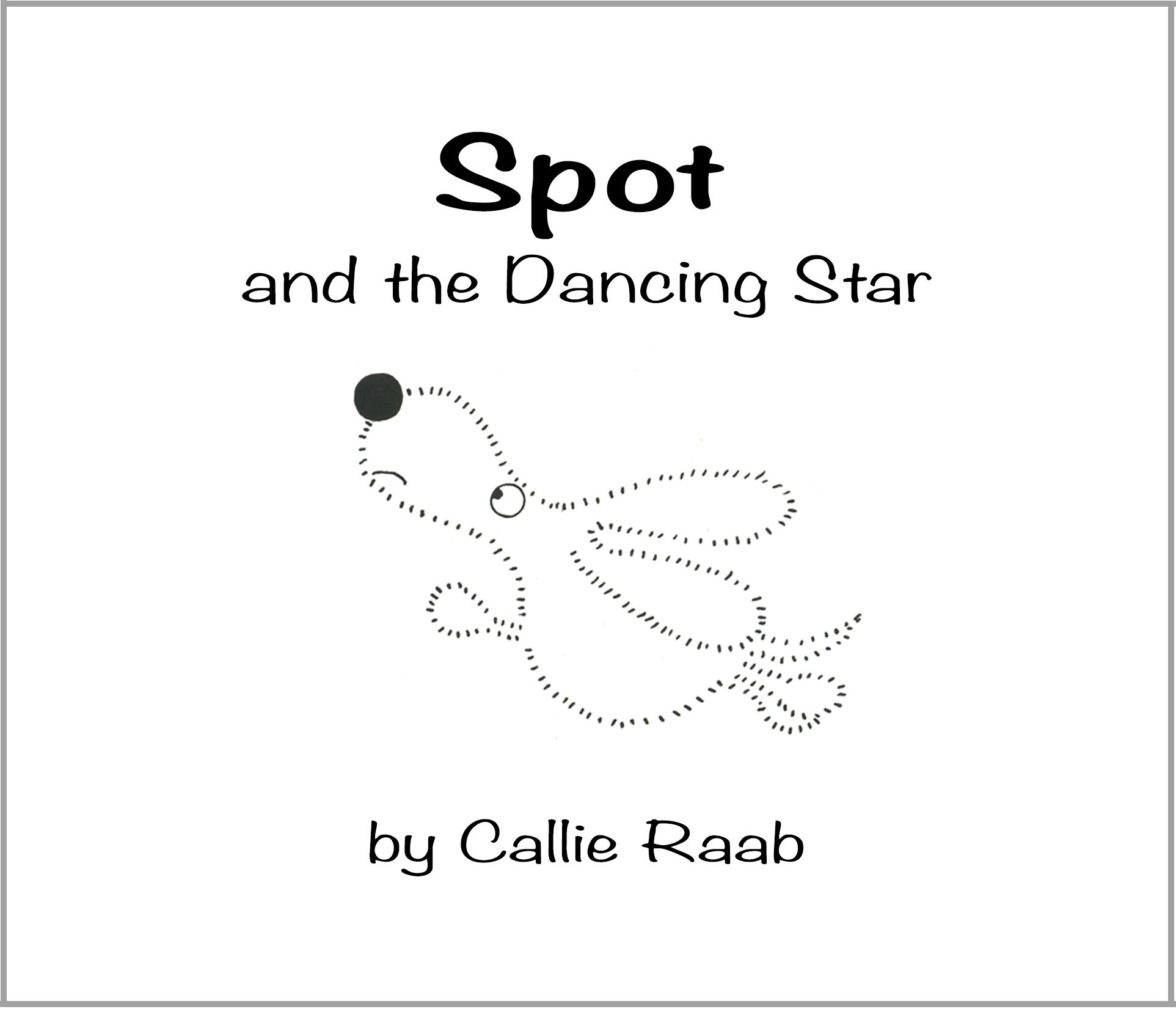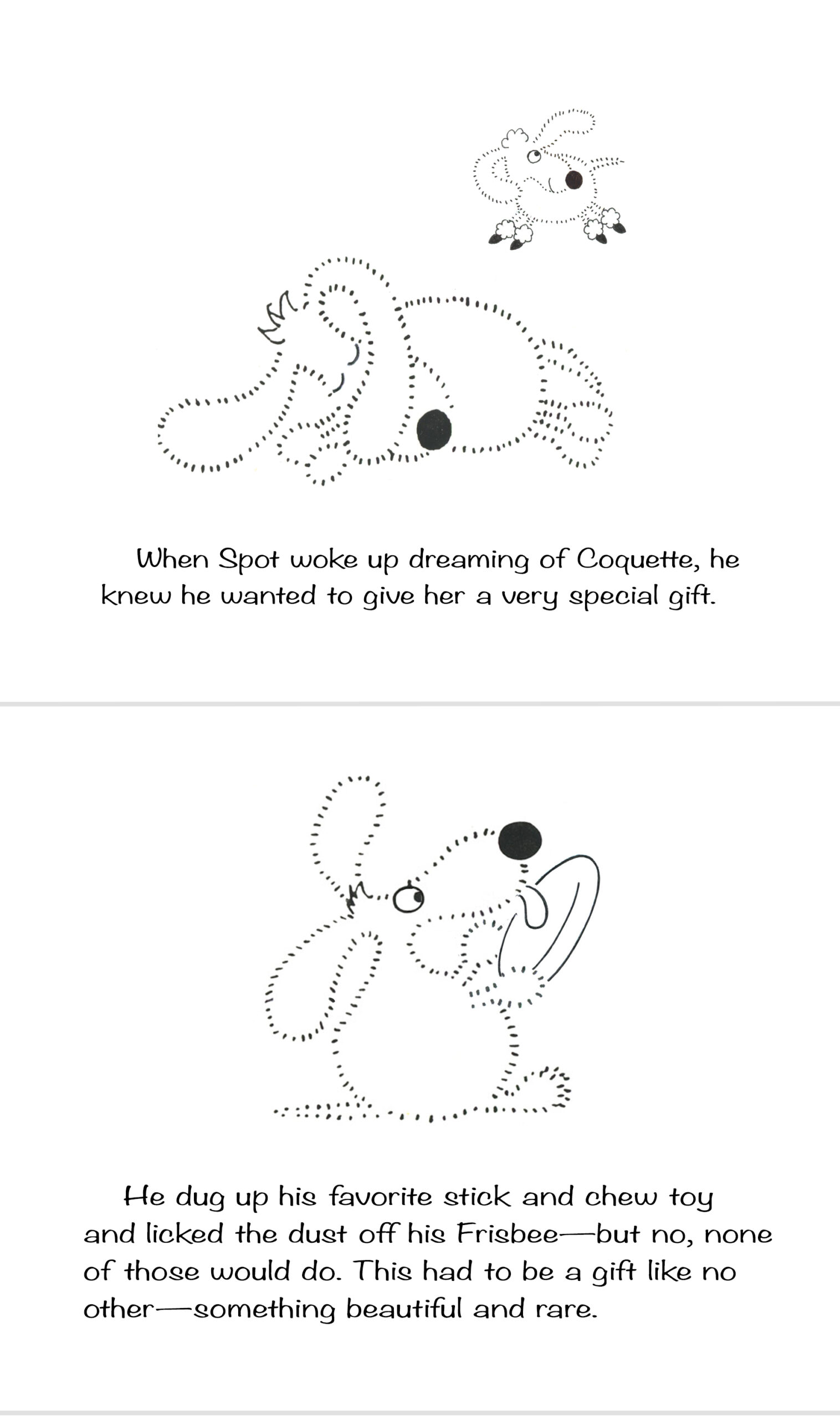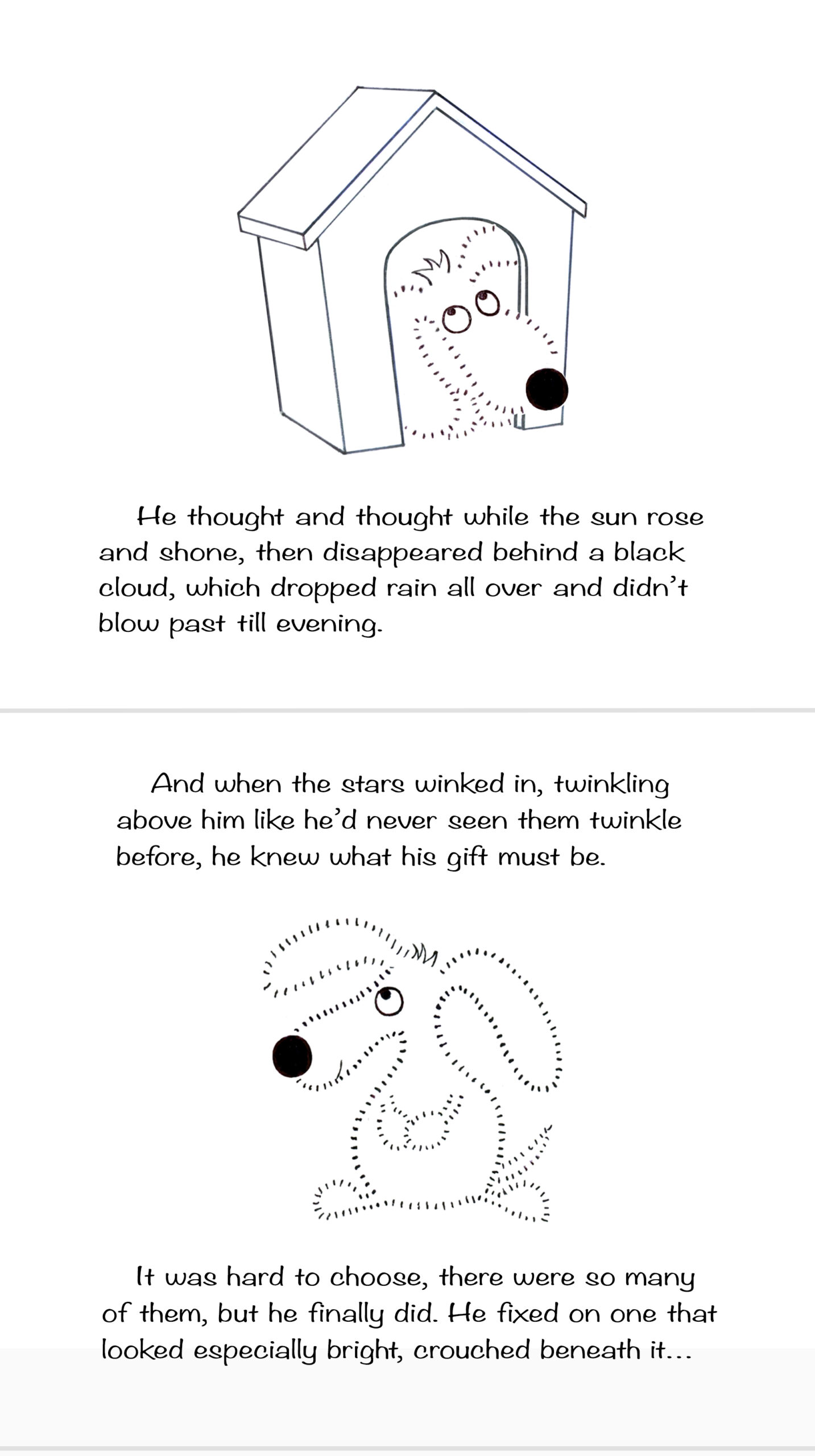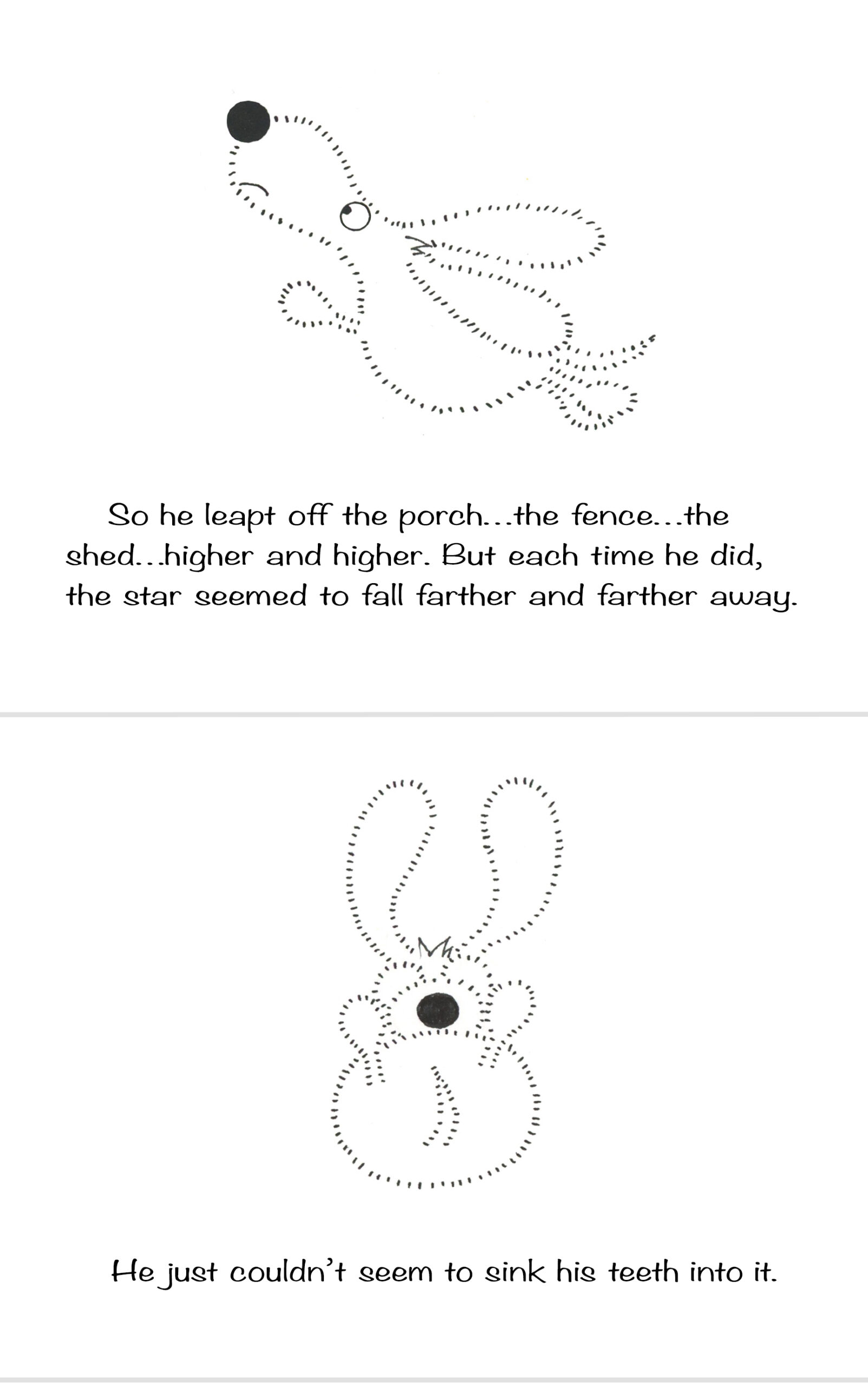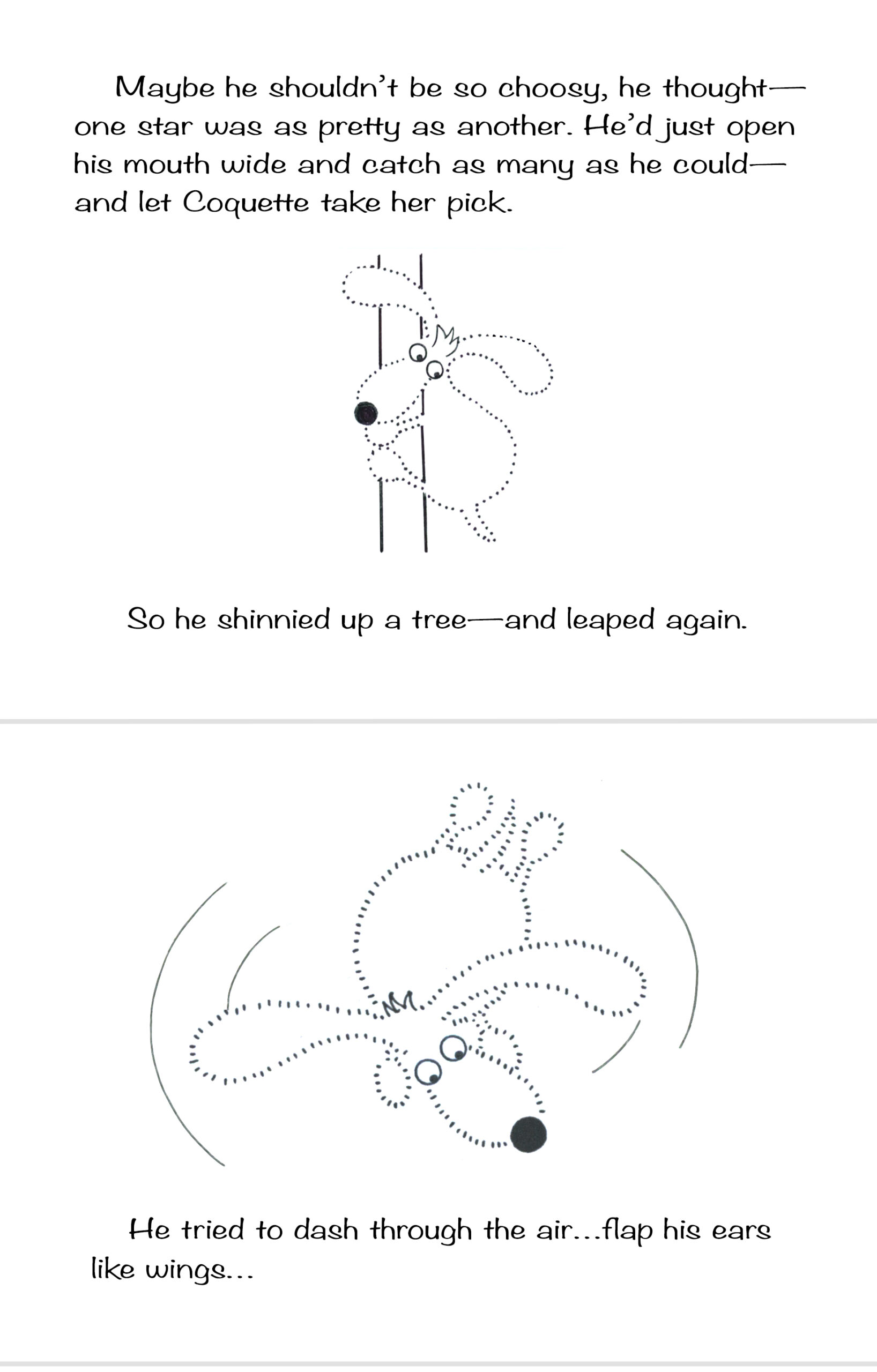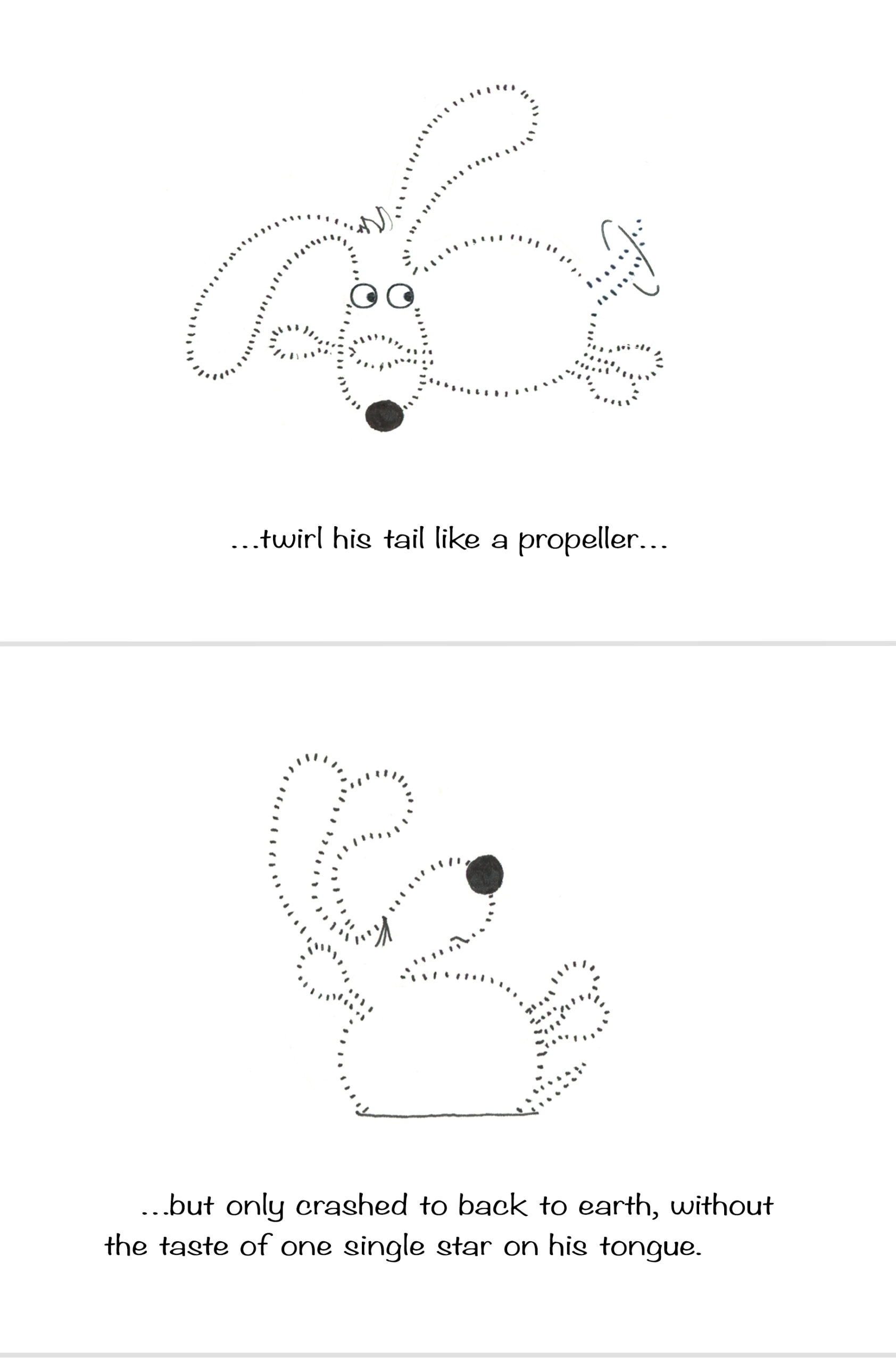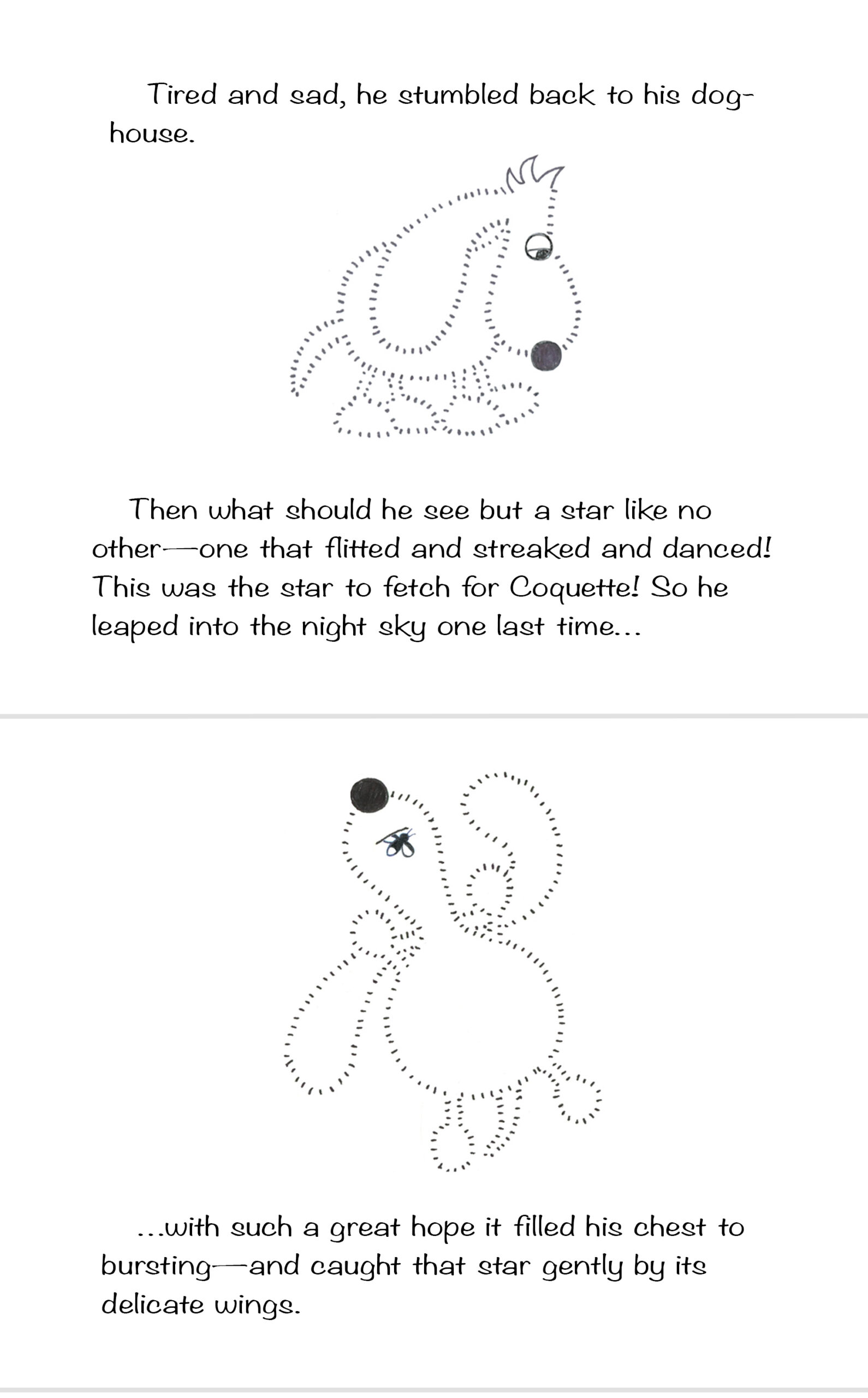In a faraway kingdom in a long-ago time, a baby was born—with a lock of yellow hair and eyes like bluebells—a boy so fair, he could only have been a prince. And since that is what he was—and bonny too—he was called Prince Beauregard, which means “beautiful.” At his first cry of life, trumpets blared, rainbow banners unfurled, and shouts of celebration rang throughout the kingdom.
A happy beginning, if that had been the end of it…but, of course, it wasn’t, for not five minutes later, in that very same bed, a twin prince was born—with a lock of yellow hair and eyes like bluebells—and, in the middle of his forehead, a small purple horn. No sooner did the queen set eyes on him than she fainted away, and the king set to roaring that this was no child of his but a thing bewitched, and before the queen could recover her senses, he had him whisked away.
“A horn?” you ask. A “bump” if you will—a nubble, a button, a defect quite small, if truth be told, and not worth a fuss, in my humble opinion, but I’m not a king, so what do I know?
Then the bonny baby was swaddled in the softest linen and lifted by his proud father to a castle window for his first view of the kingdom and its first view of him, while the beastly one was hustled to the stable, popped in a gunnysack, tied to a saddle, and ridden by a horseman straight out of the realm.
Well, the horseman rode hard and hardly glanced back, so he never noticed that when the bundle broke loose and landed in the road with a rather hard thump, an uncommon thing happened: the wee beast began to cry…and with his very first tears, his forehead flushed red, his horn set to glowing like a very hot coal, till crick-crick-crack, it magically sprouted a bit more from his brow.
Soon a traveling circus rolled up in three bright-painted wagons and stopped to see what lay wailing in the road. With “oohs” and ahs” they gaped and exclaimed and decided on the spot to claim him for their own.
And so it was that bonny Prince Beauregard wore lace-trimmed gowns and shoes of tooled leather and was borne everywhere in his parents’ arms, for they were so fond of him they could barely bear to put him down, except at night, under a downy blanket in a golden cradle, to be rocked and sung to sleep.
Meanwhile, his hapless brother, being only a beast, was bundled in rough skins and carted about in a straw-filled cage from town to town to be exhibited to crowds for a penny a peep. And needless to say, they were happy to pay…for when they poked and prodded through the bars of his cage and made frightful faces, what do you suppose happened? Why, with his very first tears, his forehead flushed red, his horn set to glowing like a very hot coal, till crick-crick-crack, it magically sprouted a bit more from his brow.
Time passed, of course—for who can stop it?—and little Prince Beauregard grew rosy and strong. He learned to crawl and then to walk and then to run and then to ride—his very own pony, with a gilded saddle and white-braided mane—and he did all these things most excellently, as befits a prince. But there was a thing he could not do—though the king coaxed and the queen wheedled and the court tried everything they could think of to tickle his fancy—he could not laugh. Day in and out—and month and year, too—his sad little countenance never changed.
As for the Beast Baby, he grew to be a Beast Boy and learned to do all the things his princely brother did, though it was no white pony he rode, but a great black bear. And, as if that weren’t enough, he learned the twitter of the bird, the chatter of the monkey, the roar of the lion, the growl of the bear—the languages of all the beasts, for they were the only family he knew—and he spoke to them as plainly as I’m speaking to you.
Now, it came to pass on Prince Beauregard’s eighth birthday that the circus was invited to entertain at court. And what do you think happened when a beastly boy, clothed all in skins, with a horn on his head, came riding out on a great black bear, and with a whisper, not a whip, made the bear twirl and the monkeys do somersaults and the birds fly through hoops and the lion purr? Were the king and queen pleased? Well, not one whit. The king shuddered and the queen covered her eyes with her veil, and though the little prince clapped his hands with glee and cried, “What a wonder!” the king ordered the circus players from his sight and charged them never to set foot in his kingdom again.
At this angry pronouncement, the Beast Boy hung his head, his eyes filled with tears…and, before the horrified eyes of the court, what do you suppose happened? Why, his forehead flushed red, his horn set to glowing like a very hot coal, till crick-crick-crack, it magically sprouted a bit more from his brow.
And so, in disgrace, he ran away from the circus to hide in the woods, where he thought no one would ever laugh and stare and taunt him again. But on the edge of the forest, a stonemason lived, who caught him in a trap and chained him to a boulder at the bottom of a pit and pressed him into hardest labor. Each dawn to dusk he had to swing a great pick, breaking rock for his cruel master till his little hands bled, living only on water and crusts of bread. Yet he worked with a will and shed no tears, except in his sleep, unknowingly. And each time he did, his forehead turned red, his horn set to glowing like a very hot coal till…well, I expect you can guess what happened next.
Soon his horn became so huge and heavy he could no longer stand but had to crawl about on all-fours like other beasts. Then he was good for nothing, so the stonemason split his chain with a grumble and an oath and set him free…and he crept deep into the woods, where he thought no one would ever find him.
One glorious summer morning, just after dawn, when the Beast Boy was singing with the first birds, bonny Prince Beauregard woke and heard a sweet chorus and slipped from his bed to get a better listen. From the hall to the garden, where a guard stood snoring, from the garden to the wood…one step led to another, as steps often do, and then he was lost, and oh, what a bother! He tramped and tramped, but only in circles. Then he climbed into a treetop—the very tallest one—from branch to jagged branch, to see if he could see the turrets of the castle, but all in vain. By now his fine nightgown was tattered and his bare feet bruised, for in his hurry he’d gone off without his boots.
And so when he came to a silver pool and he looked in and saw his own reflection, he hardly recognized himself, with his tousled hair and grubby cheeks…and, growing out of his forehead, a great purple horn. He blinked and stared and stared and blinked till the Beast Boy, who was hiding in the water, came up gasping for air. Then the little prince was so astounded he fell right in and would have drowned if the Beast Boy hadn’t caught him by his torn hem.
When the two had shed their dripping clothes and skins and shaken the water from their eyes, they looked each other over in wonder, for truly they were—eye for eye and nose for nose—even fingers for fingers and toes for toes—exactly the same. Now this was quite a conundrum, too much for two little boys to figure out, even if one of them was a prince, so the Beast Boy summoned the bear from her lair and the raccoon from his hollow and the beaver from her lodge and the fox from his den and the owl from her nest—for she was wisest—and asked them all how such a thing could be. And after much deliberation they gave their answer: “In our considered opinion you two are brothers.”
By then it was getting dark, for deep deliberations take time, so the two brothers curled up together under a great sheltering oak, as they had in their mother’s womb, and they dreamed the very same sweet dreams.
But back at the castle, things were in an uproar. When the king discovered his son was missing, he ordered his horsemen to search the kingdom from end to end and not show their faces again till they’d found him. When, by evening, not one had reappeared, the queen shut herself in her room and refused to come out, while the king beat his breast, convinced that goblins had stolen his beautiful son because he had tossed away his beastly one—and now it was his punishment to have no son at all.
The following morning the two brothers went hand in horn, one walking, one crawling, back to the castle, for the animals, who knew the forest like the backs of their paws, showed them the way.
When they reached the throne, where the king had sat up all night, so burdened with grief he could not get up, he threw open his arms to embrace them both—and sobbed so loudly he woke all the court in their beds. Then the Beast Boy wept too—a single tear, for he was trying to be brave. But with that solitary tear—of joy, not of sorrow—his forehead flushed red, his horn set to glowing like a very hot coal, till CRICK-CRICK-CRRRAAACK!—what do you suppose happened? Why, it magically broke off and clattered to the floor. So great was the happiness of the moment, Prince Beauregard had to smile, then to giggle, then to laugh, till his merriment filled the great hall like sweet music, and the queen and the courtiers came running in their bedclothes to see what had happened.
So it came to pass that the Beast Boy was no longer a beast, but a prince at last. He was called Prince Goodwin, or Winnie for short, which was his brother’s idea because it means “good friend.” And did they live happily ever after? Of course they did…as happily as two brothers ever have. And when as young men they came to rule, they ruled together as one king.
